Looking for the best museums in Lower Saxony? These are the best ones:
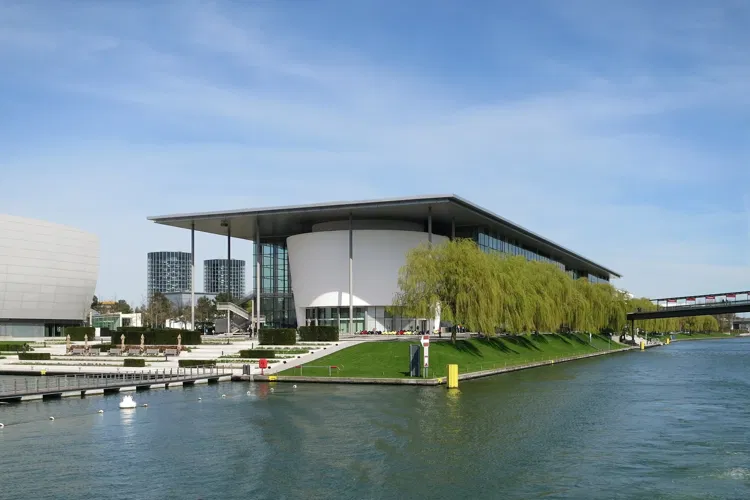
Autostadt
WolfsburgAutostadt, located in Wolfsburg, Germany, is a tourist attraction that is primarily focused on automobiles. It is situated adjacent to the Volkswagen factory, making it a unique destination for car enthusiasts and tourists alike. Visitors can explore the world of automobiles in a unique setting, with the Volkswagen factory as a backdrop.- 2
Wildgehege Bad Harzburg
Bad Harzburg (Innenstadt) 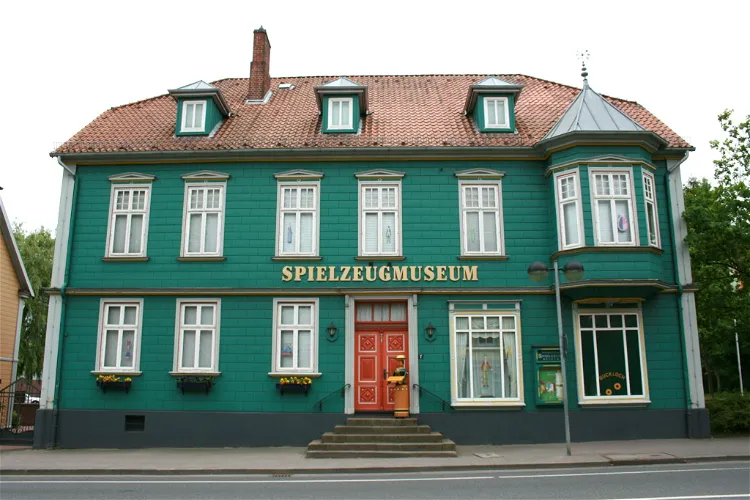
Soltau Toy Museum
SoltauThe Soltau Toy Museum, previously known as the North German Toy Museum, is located in the city of Soltau in Lower Saxony. The museum was born out of a private collection from the Ernst family of Soltau and now draws up to 40,000 visitors each year.
Weltvogelpark Walsrode
WalsrodeWalsrode World Bird Park, previously known as Jubs until 2010, is situated in the heart of the Lüneburg Heath in North Germany. Specifically, it is located within the municipality of Bomlitz, near Walsrode in the state of Lower Saxony, Germany. This location is easily accessible and offers a unique opportunity to explore the diverse bird species in a natural setting.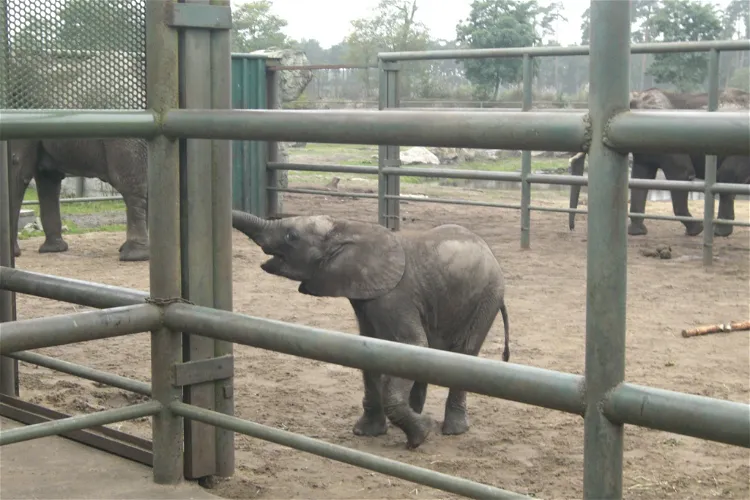
Serengeti Park
HodenhagenThe Serengeti-Park in Hodenhagen, Lower Saxony, is a unique combination of a zoo and leisure park. It was established in 1974 by the Duke of Bedford and partners from America. This park is a testament to the vision of its founders who aimed to create the largest safari park in Europe.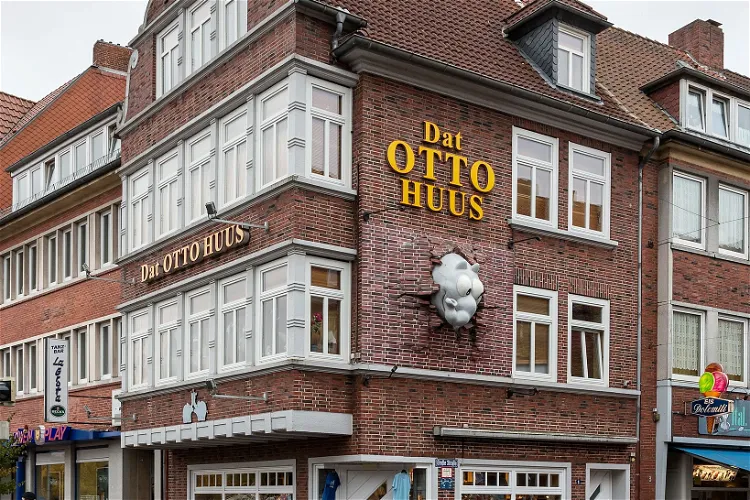
Dat Otto Huus
Emden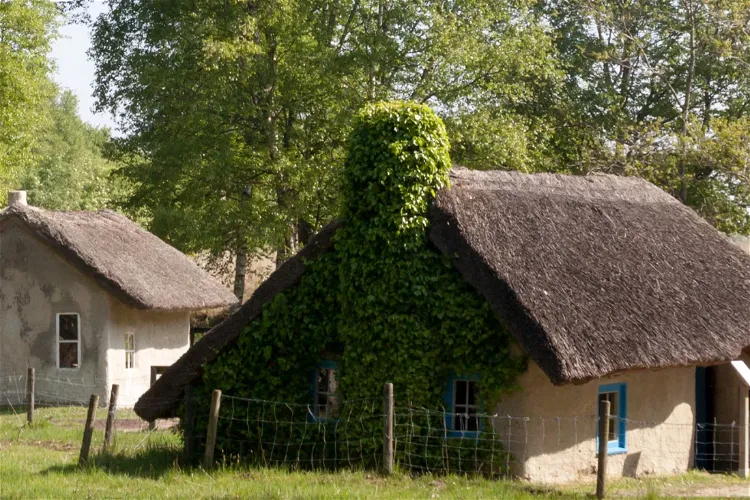
Moormuseum Moordorf
MoordorfThe Moormuseum Moordorf is an open-air museum located in Moordorf, a district of the municipality of Südbrookmerland. This East Frisian museum offers a unique insight into the history and culture of the region, making it a fascinating destination for tourists interested in history and culture.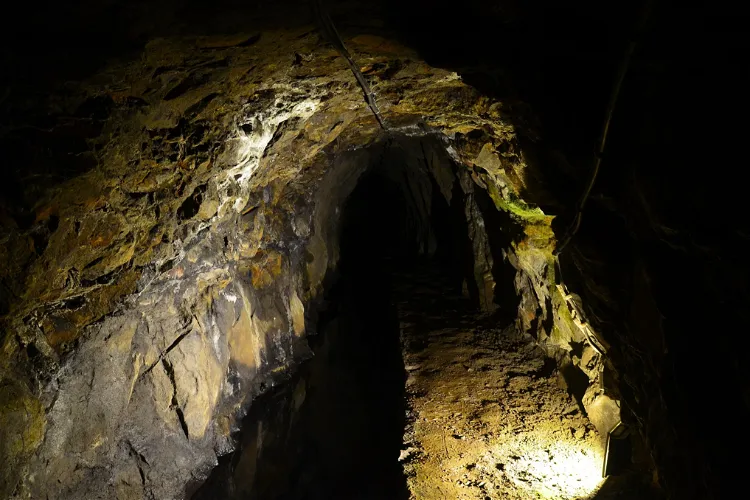
19-Lachter-Stollen
Clausthal-ZellerfeldIn 2010, the 19-Lachter-Stollen was declared a UNESCO World Heritage Site as part of the Upper Harz Water Management System. This recognition underlines the historical and cultural significance of the tunnel and its role in the mining industry. The 19-Lachter-Stollen is also part of the World Heritage Route of the UNESCO World Heritage in the Harz.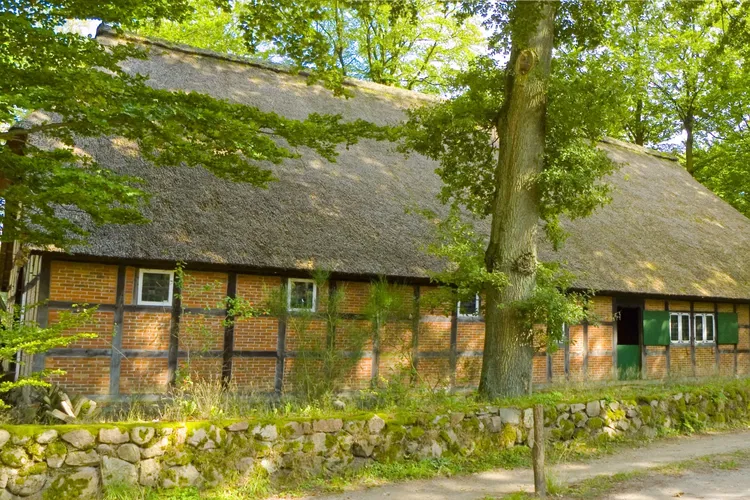
Dat ole Huus
WilsedeHeidemuseum Dat ole Huus, located in Wilsede, Lower Saxony, is a local history museum that was established in 1907. This makes it one of the oldest open-air museums in Germany, offering a unique insight into the country's past. The museum is operated by the Naturschutzpark e. V. (VNP) and its foundation, the Naturschutzpark Lüneburger Heide.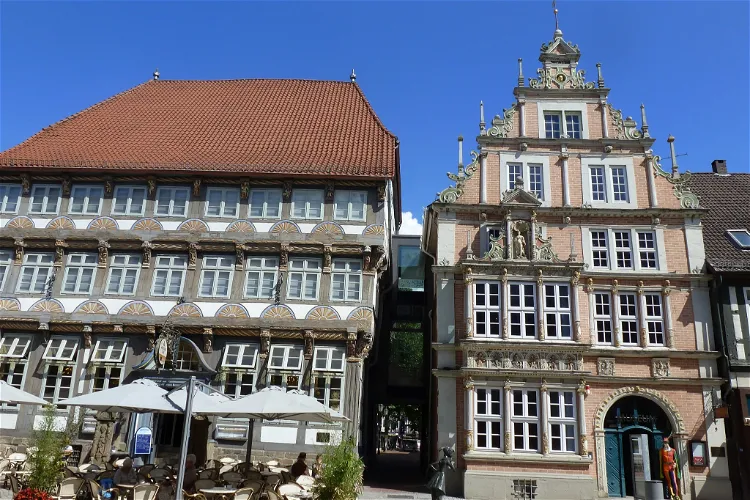
Museum Hameln
HamelinThe Museum Hameln is situated in two significant buildings from the Weser Renaissance period in the historic old town of Hamelin, the Leisthaus and the neighbouring Stiftsherrenhaus. These buildings are not only important for their architectural value but also for the rich history they hold within their walls. Visitors can explore the museum's extensive collection that tells the story of the city and its surrounding region.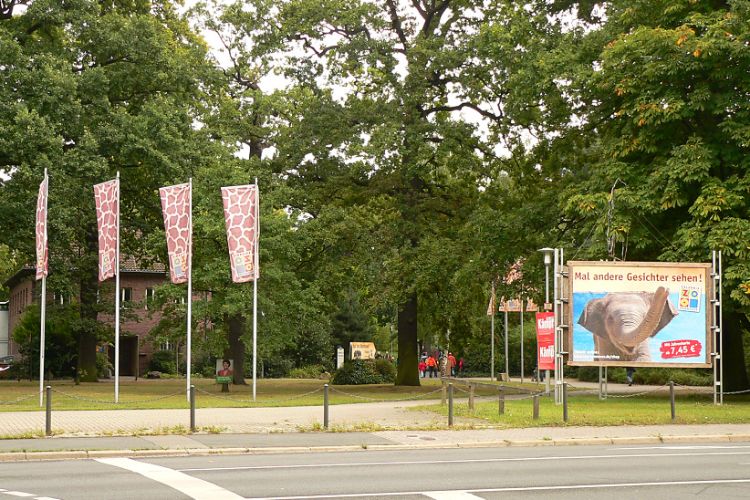
Erlebnis Zoo Hannover
HanoverErlebnis Zoo Hannover is the zoo of the German city of Hannover in the state of Lower Saxony, which was opened in 1865. The 22-hectare zoo is home to more than 3,000 animals representing around 230 species. Zoo Hanover is nowadays an "Erlebnis-Zoo" (an experience zoo): the zoo is divided into themed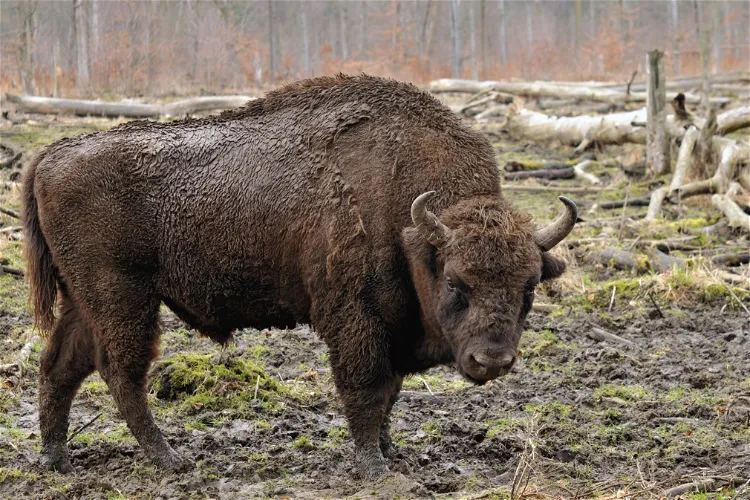
Springe Bison Reserve
SpringeThe Wisentgehege Springe is a wildlife park located in the German region of Hannover, near Springe. The park spans an area of 90 hectares, providing ample space for the animals and a vast area for visitors to explore.
Heimatmuseum Wennigsen
Wennigsen (Deister)The Heimatmuseum Wennigsen is a significant monument situated in the municipality of Wennigsen (Deister). The museum is housed in a half-timbered house that was constructed around the year 1700. This building has a rich history, having once served as a mill. This historical context adds a unique charm to the museum, making it a fascinating place to visit for those interested in architecture and history.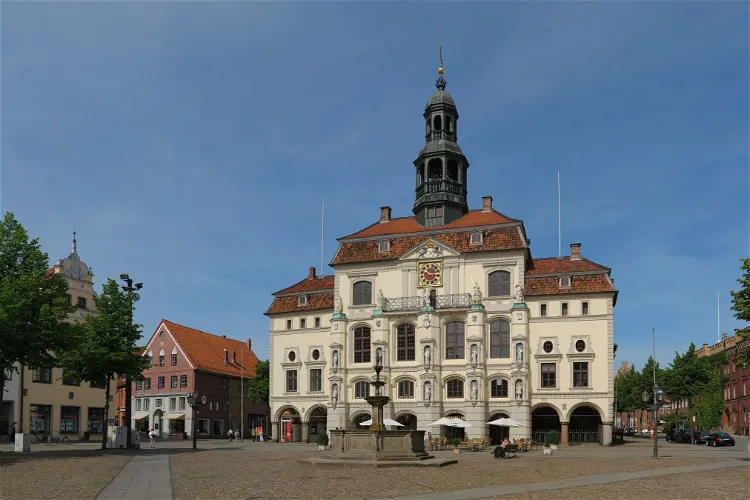
Lüneburg Town Hall
LüneburgThe Lüneburg Town Hall, established around 1230, is a remarkable example of medieval and early modern secular architecture in Northern Germany. Over the centuries, it has been continuously expanded and still serves as the main seat of the council and administration of the Hanseatic city of Lüneburg.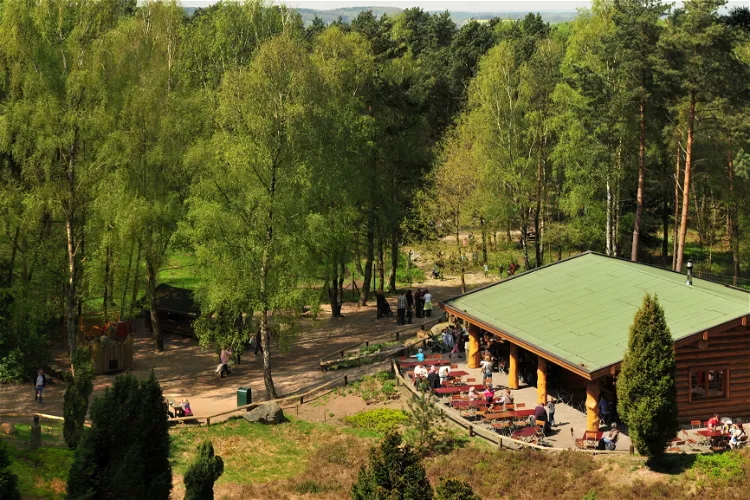
Lüneburg Heath Wildlife Park
NindorfThe Lüneburg Heath Wildlife Park is a wildlife park located near Nindorf, in the municipality of Hanstedt, in the northern German state of Lower Saxony. This park provides a unique opportunity for visitors to experience a wide variety of wildlife in a natural setting.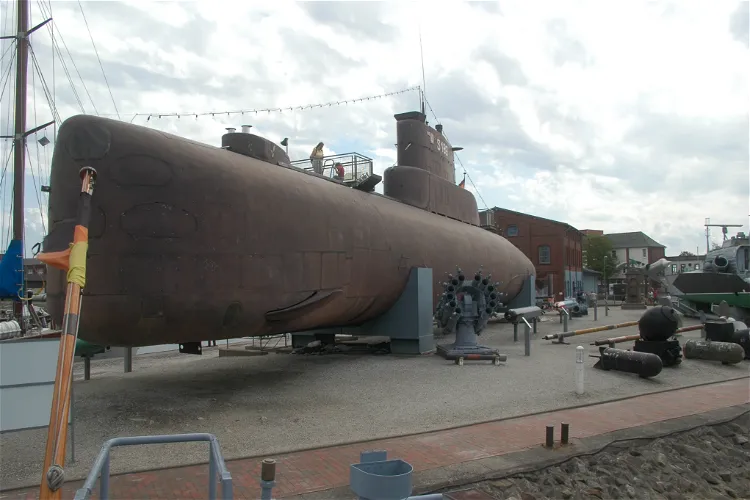
Deutsches Marinemuseum Wilhelmshaven
WilhelmshavenThe Deutsches Marinemuseum in Wilhelmshaven is a significant institution that presents the evolution of German naval military since 1848. The museum's primary focus is on the Bundesmarine / German Navy, providing visitors with a comprehensive understanding of Germany's maritime history and the role of its navy over the years.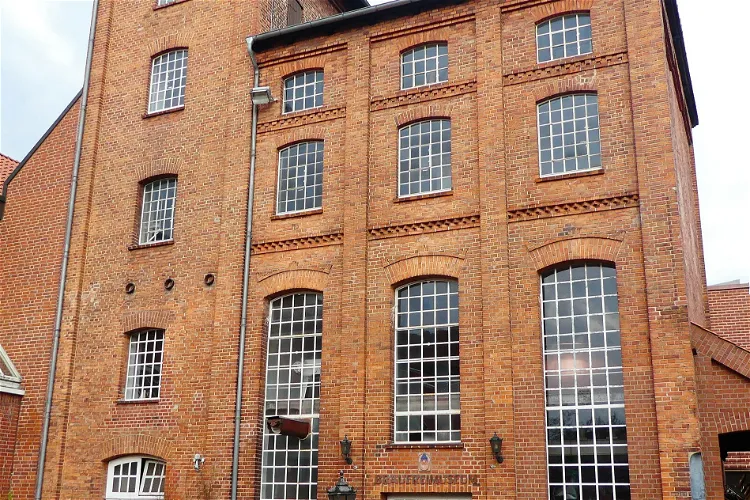
Brauereimuseum
LüneburgThe Brauereimuseum Lüneburg is situated in the former Lüneburger Kronen-Brauerei in Heiligengeiststraße. This location is in the heart of the historic old town, making it easily accessible for tourists who are exploring the city. The museum's location adds to its charm and historical significance, as it is housed in a building that was once a bustling brewery.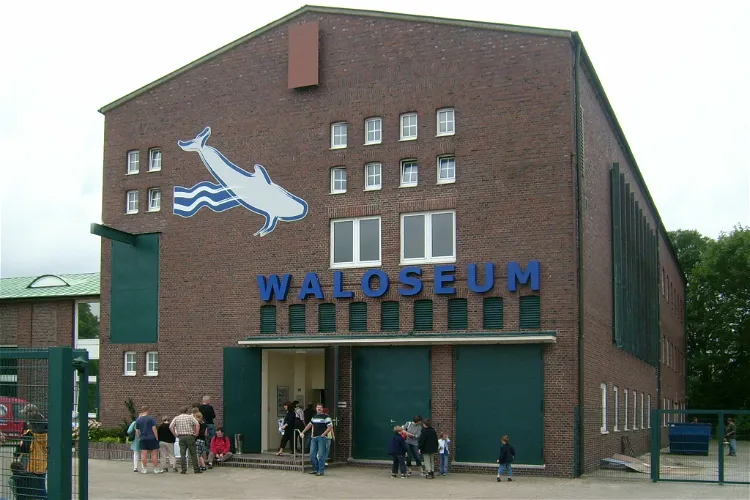
Waloseum
NordenThe Seehundstation Nationalpark-Haus in the Norden district of Norddeich is a unique institution in Lower Saxony. It is the only state-recognized care station for marine mammals in the region. This makes it a special place for visitors interested in marine life and conservation efforts.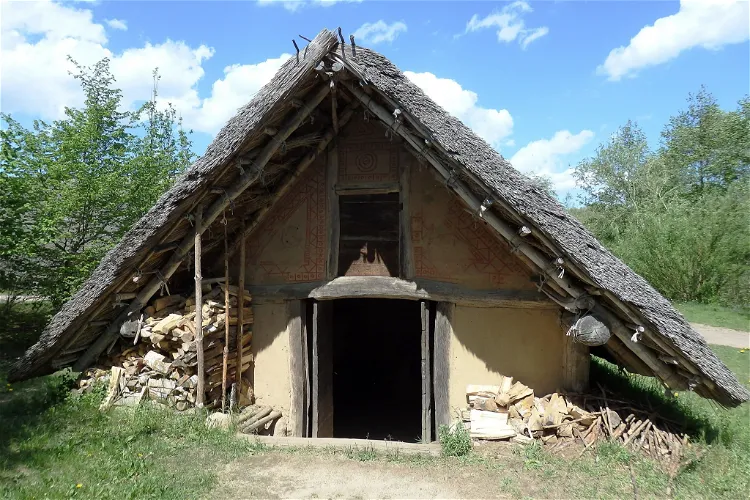
Hitzacker Archaeological Centre
HitzackerThe Hitzacker Archaeological Centre is an open-air museum located in Hitzacker, Lower Saxony. The museum's main focus is on the representation of Bronze Age settlement methods. This provides a unique opportunity for visitors to gain insights into the living conditions and lifestyle of people during the Bronze Age.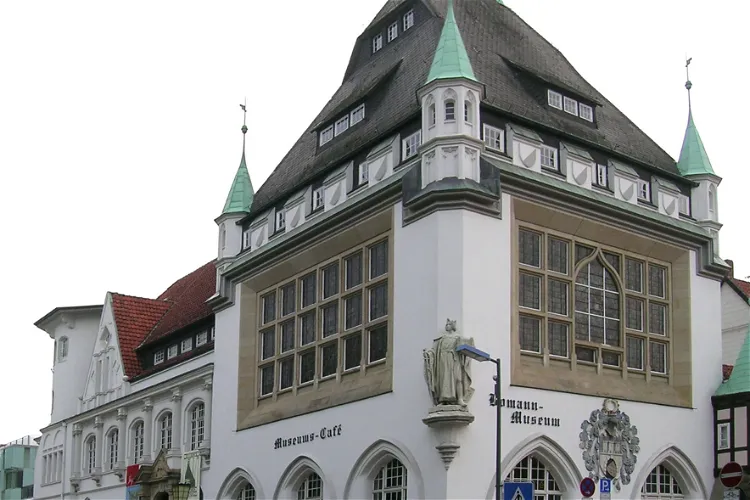
Bomann-Museum
CelleThe Bomann Museum, located in Celle, is a significant institution dedicated to Lower Saxon folklore, state, and city history. It holds the distinction of being the third largest museum in Lower Saxony, making it a notable destination for those interested in regional history and culture.
Fehn- und Schiffahrtsmuseum – Westrhauderfehn
WestrhauderfehnThe Fehn- and Shipping Museum in Westrhauderfehn is a unique institution that provides insights into the history of the Fehn culture, regional shipbuilding, and shipping of the once most important inland port of East Frisia. Visitors can learn about the rich maritime history of the region, including the development of shipbuilding and the significance of the inland port.
ZisterzienserMuseum Kloster Walkenried
Walkenried
Island Museum Old Lighthouse
WangeroogeThe Old Lighthouse Wangerooge is not just a historical monument, but also a museum. The base of the lighthouse houses a local museum with around 900 exhibits, offering visitors a chance to delve into the rich history and culture of the island.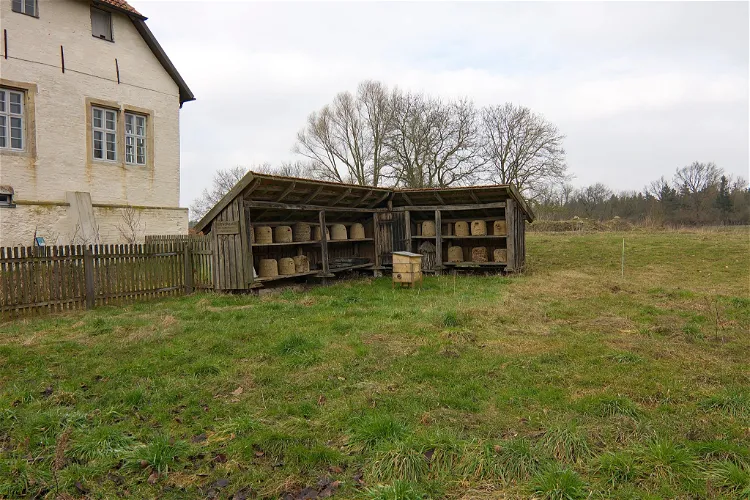
Burg Brome
AltendorfBurg Brome, located in Brome, Lower Saxony, is a partially well-preserved, medieval moated castle. It is considered one of the most significant historical fortifications in the Gifhorn district. The castle's rich history and architectural features make it a fascinating destination for tourists interested in medieval architecture and history.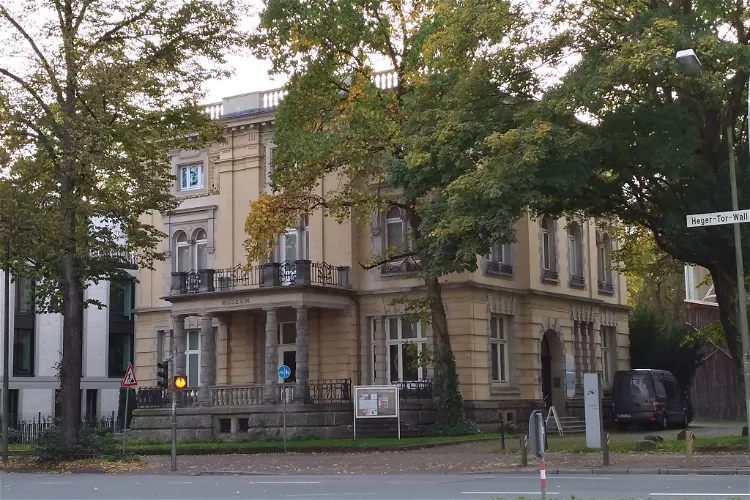
Kulturgeschichtliches Museum
OsnabrückThe Kulturgeschichtliches Museum Osnabrück, also known as the Museum am Heger Tor, is a museum located in Osnabrück. It showcases a wide range of exhibits that cover various aspects of history and culture. These include prehistory and early history, city history and everyday culture, as well as ancient art, arts and crafts and design. The museum also houses a collection of costumes, weapons and armor, coins and medals.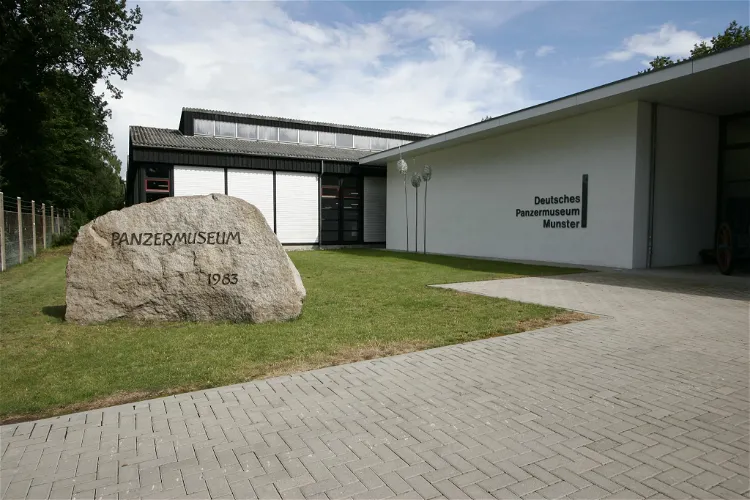
German Tank Museum
MunsterThe German Tank Museum, also known as Deutsches Panzermuseum Munster, is situated in Munster, Germany. It is an armoured fighting vehicle museum that is located within the Munster Training Area camp. This museum is a significant destination for those interested in military history and armoured vehicles.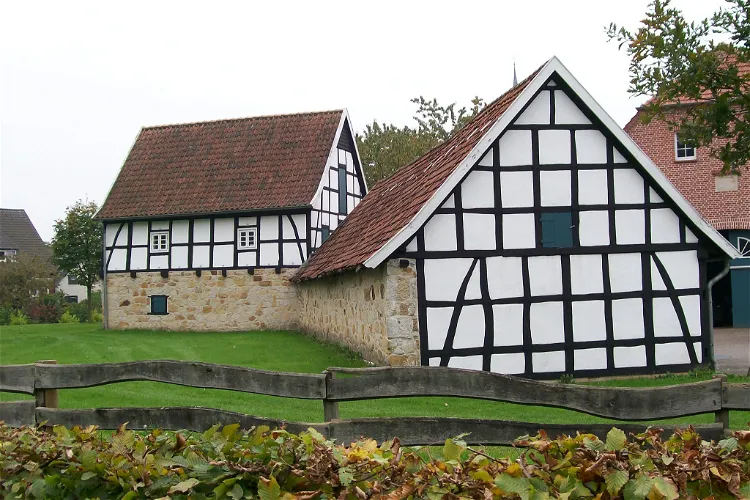
Averbecks Speicher
Bad IburgAverbecks Speicher is a local history museum situated in Glane, a district of Bad Iburg in Lower Saxony. This museum is housed in the former granary of the Averbeck full farmstead, which has a rich history dating back to the 11th century. The museum offers a unique opportunity to delve into the local history and culture of the region.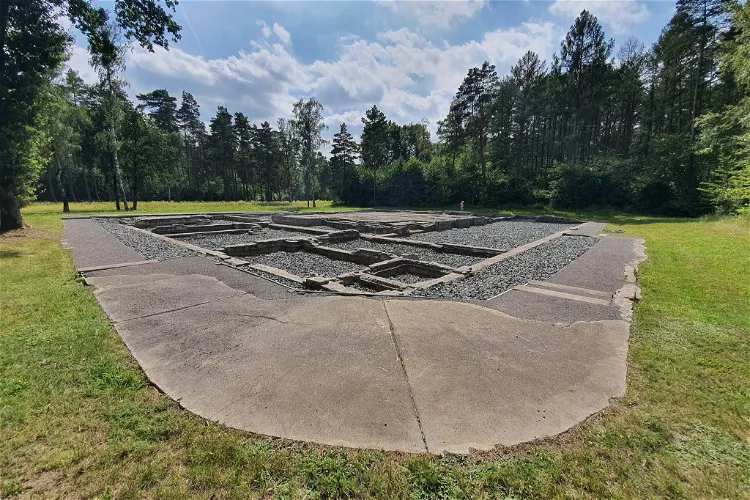
Bergen-Belsen Concentration Camp
LohheideBergen-Belsen was a concentration camp during the Nazi era, situated in the present-day German state of Lower Saxony, specifically in the urban district of Celle. It was operational from 1940 and initially served as a camp for prisoners of war. Over the years, it saw a significant increase in population, especially with the arrival of Soviet prisoners in 1941.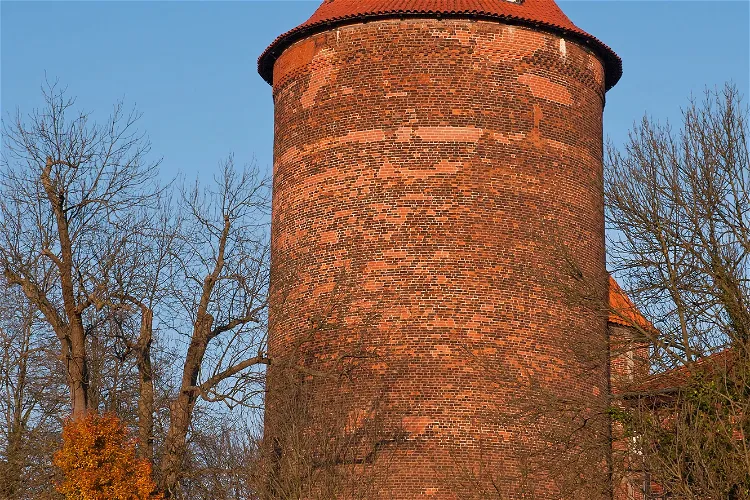
Museum im Waldemarturm Dannenberg
DannenbergThe Waldemarturm, located on the Amtsberg in Dannenberg (Elbe), is a former keep and the only remaining part of a medieval castle and the later Dannenberg Castle. This historical structure offers a glimpse into the past and provides a unique perspective on the region's history.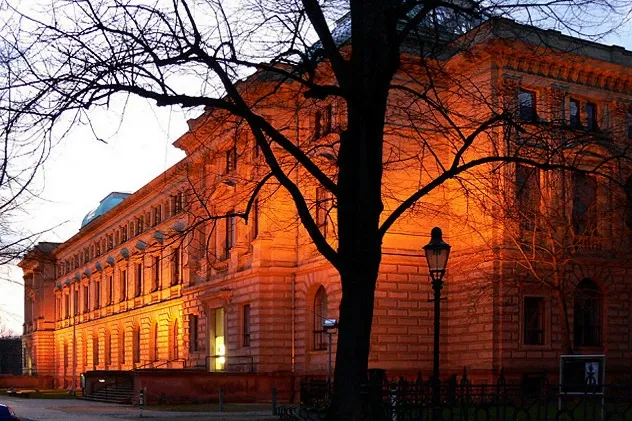
Herzog Anton Ulrich Museum
BrunswickThe Herzog Anton Ulrich Museum, also known as HAUM, is an art museum located in the city of Braunschweig in Lower Saxony, Germany. It is a significant cultural institution in the region, offering visitors a chance to explore a wide range of art collections.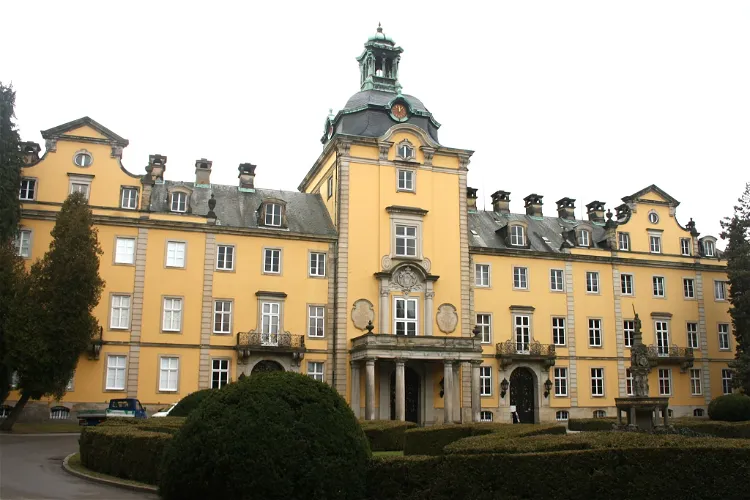
Schloss Bückeburg
BückeburgVisitors can explore Schloss Bückeburg through pre-booked tours. These tours offer a comprehensive experience of the castle, including themed tours that may include a visit to the mausoleum, a meal at the castle restaurant, or horse riding demonstrations. This provides a unique opportunity to delve into the history and culture of the castle and its surroundings.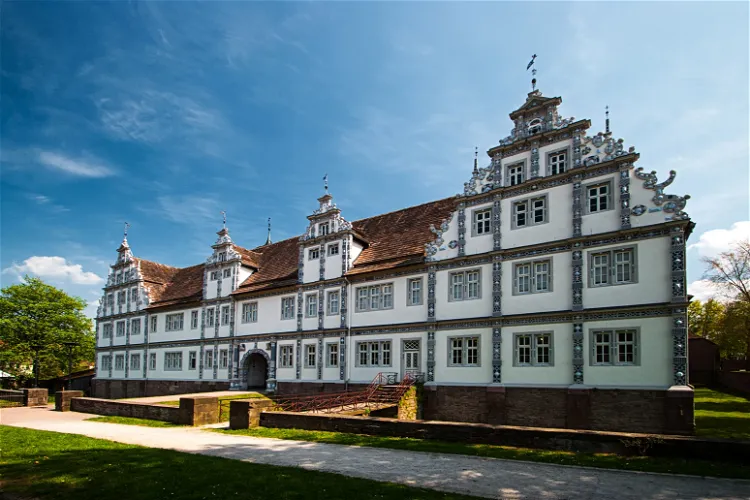
Bevern Castle
BevernBevern Castle, situated in the southern part of the Holzminden district in Lower Saxony, is a significant architectural monument of the Weser Renaissance. The castle was constructed between 1603 and 1612 by Statius von Münchhausen, replacing an old manor that previously occupied the site.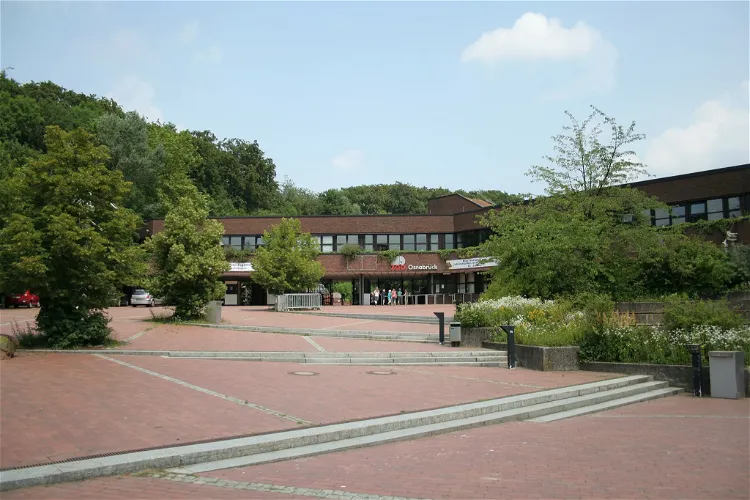
Osnabrück Zoo
OsnabrückToday, Zoo Osnabrück has expanded to cover an area of 23.5 hectares. It is home to approximately three hundred animal species, most of which are exotic. This diverse collection of animals provides a unique opportunity for visitors to experience wildlife from around the world.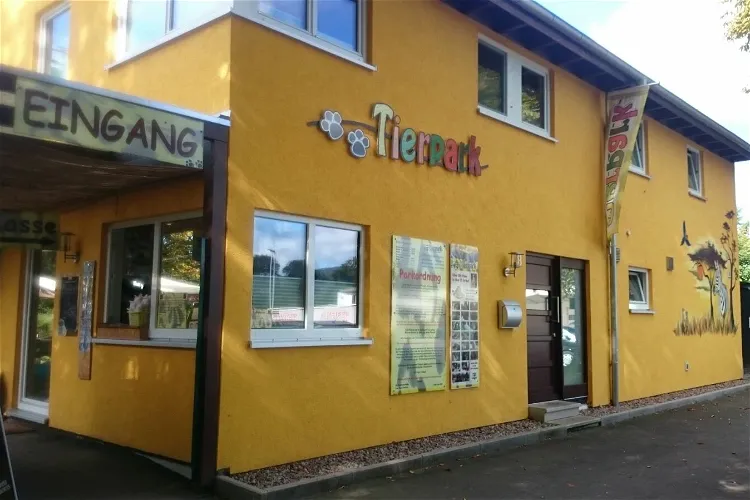
Bad Pyrmont Zoo
Bad PyrmontOne of the unique features of the Bad Pyrmont Zoo is its walk-in Australia aviary. Here, visitors can have close contact with Australian parakeets, providing a unique and interactive experience. Additionally, the zoo also houses a zoo school, offering educational programs and activities for visitors of all ages.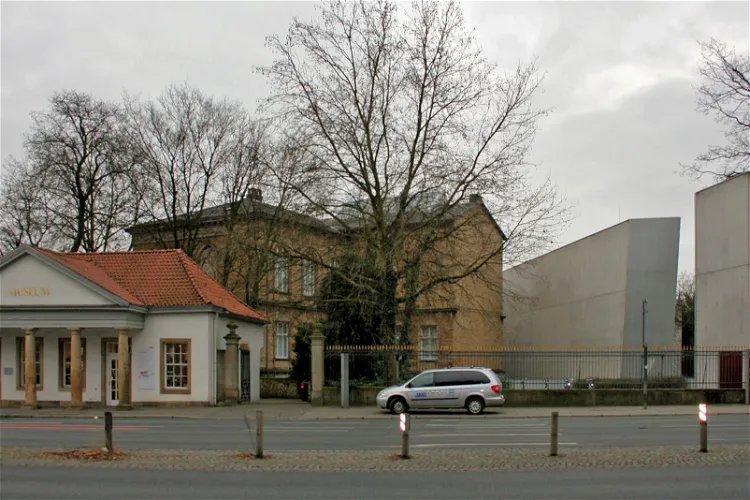
Felix Nussbaum House
OsnabrückThe Felix Nussbaum Haus, located in Osnabrück, Germany, is a museum dedicated to the works of the German-Jewish painter Felix Nussbaum. It provides a comprehensive collection of Nussbaum's paintings, offering visitors a deep insight into the artist's life and work.
Roemer-und-Pelizaeus-Museum
HildesheimThe Roemer and Pelizaeus Museum, located in Hildesheim, Germany, is a renowned institution dedicated to art and archaeology. The museum is named in honor of Hermann Roemer and Wilhelm Pelizaeus, two significant figures in its establishment and development.- 37
Butterfly house
Buchholz in der NordheideA butterfly house, also known as a conservatory or lepidopterarium, is a facility specifically designed for the breeding and display of butterflies. These establishments place a strong emphasis on education, providing visitors with the opportunity to learn about the life cycle of butterflies, their habitats, and their importance in the ecosystem. 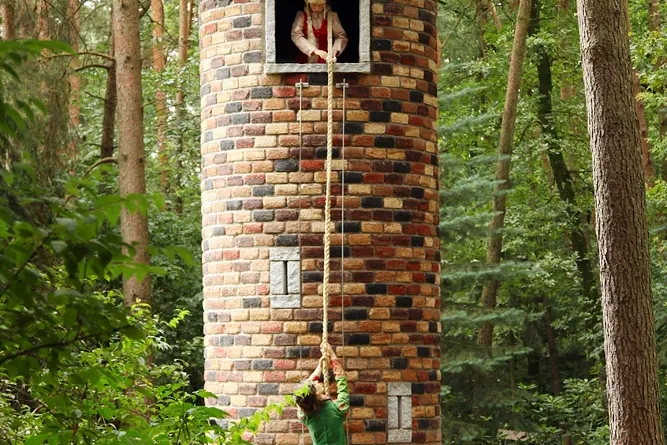
Wild and leisure park Ostrittrum
DötlingenThe Wild and Leisure Park Ostrittrum is a spacious facility, covering approximately 18 hectares. It is located in Ostrittrum, a district of the Lower Saxony municipality of Dötlingen. The park is nestled within the beautiful surroundings of the Wildeshauser Geest Nature Park, making it a perfect destination for nature lovers.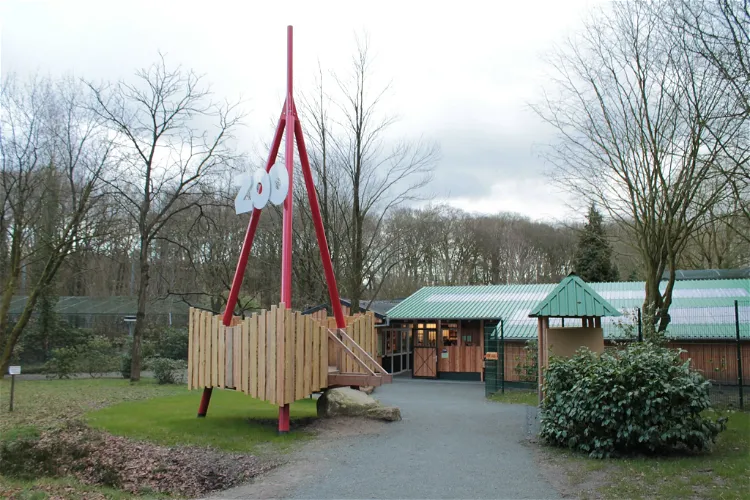
Wingster Waldzoo
WingstThe Wingster Waldzoo, previously known as the Zoo in der Wingst until the end of 2021, is situated in the Elbe-Weser triangle in Wingst, Lower Saxony. This location is a unique geographical feature, making it an interesting destination for tourists. The zoo houses a variety of both wild and domestic animals, some of which are kept in a petting zoo that was fully renovated in 2009.- 40
Haustierpark Werdum
Werdum 
State Natural History Museum
BrunswickOpened in 1754 as the Ducal Art and Natural History Cabinet, the museum has a rich history. It houses both scientific collections and exhibition collections. The scientific study collection is significantly larger than the publicly accessible part of the permanent exhibition, indicating the depth and breadth of the museum's resources.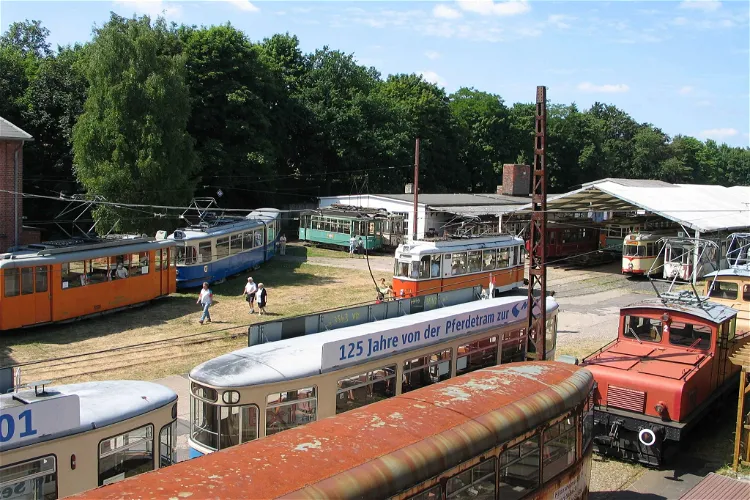
Hanover Tramway Museum
SehndeThe Hannoversche Straßenbahn-Museum (HSM) is a museum dedicated to trams and related vehicles. It is located in Wehmingen, a district in Sehnde, southeast of Hannover. The museum is privately run and operates on a voluntary basis.
Aviation Museum Hannover-Laatzen
LaatzenThe Aviation Museum Laatzen-Hannover is a permanent exhibition located in Laatzen, dedicated to the history of aviation. It provides an in-depth look into the evolution of aviation, from its early beginnings to the present day. The museum is a great place for aviation enthusiasts and history buffs alike, offering a unique opportunity to learn about the technological advancements and historical events that have shaped the world of aviation.- 44
World Heritage Site Rammelsberg
Goslar 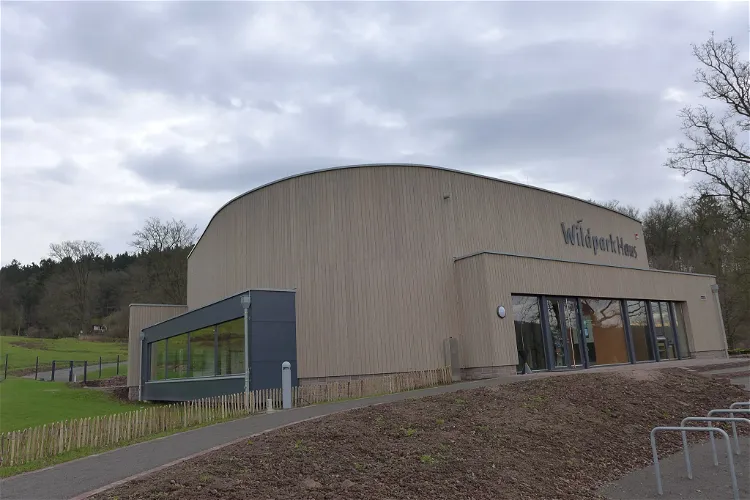
Wildpark Neuhaus
Landkreis HolzmindenThe Wildpark Neuhaus is a wildlife park situated in the heart of the Solling Vogler Nature Park in Neuhaus, Lower Saxony. This expansive park, covering over 50 hectares, is part of the mixed forest, meadows, and streams that characterize the Solling mountain landscape. It showcases regionally typical animals in their natural habitat, making it a great destination for nature lovers and wildlife enthusiasts.- 46
Harzer Roller-Kanarien-Museum
Braunlage 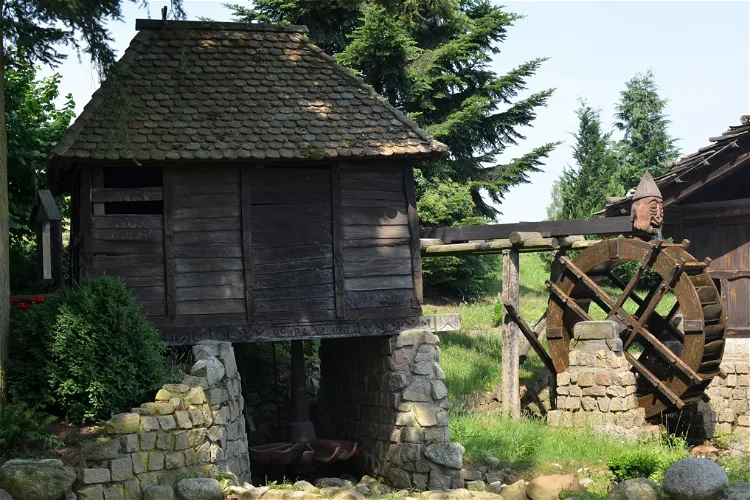
International Museum Gifhorn
GifhornThe International Windmill and Watermill Museum in Gifhorn, Lower Saxony, Germany is an open-air museum that offers a unique experience for visitors. It houses 15 buildings, either original or exact replicas of mills from 12 different countries. Each mill's surroundings are designed to reflect the topography typical of its country of origin. This provides a unique opportunity for visitors to experience a variety of cultures and historical periods in one location.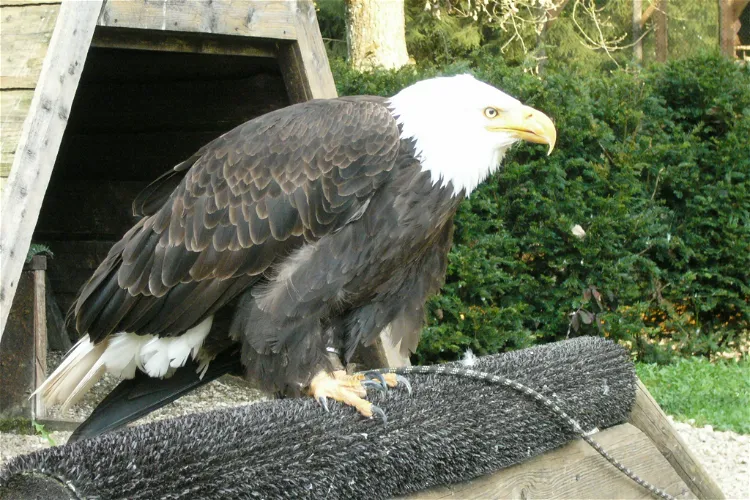
Harzfalkenhof
Bad SachsaThe Harzfalkenhof Zoo, also known as the Mountain of Eagles, is a bird of prey park located on the outskirts of Bad Sachsa in the southern Harz region. The park is situated on the Katzenstein, a foothill of the Ravensberg. This location provides a unique and natural environment for the birds and other animals housed in the park.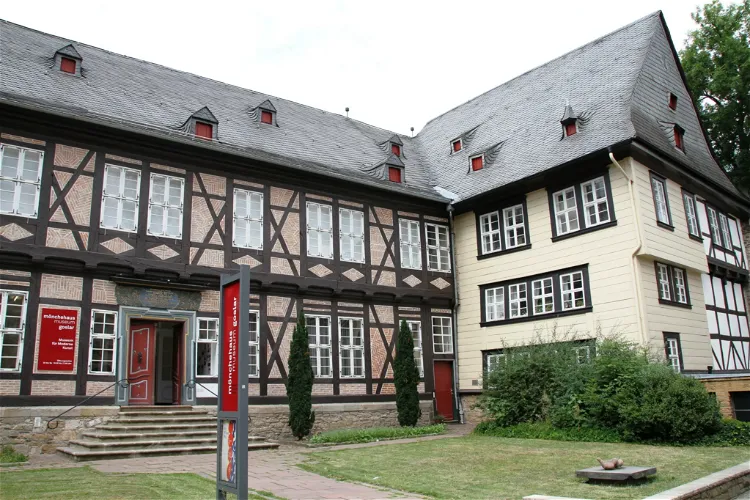
Mönchehaus Museum
GoslarThe Mönchehaus Museum Goslar is a unique cultural destination, located in a half-timbered house from the early 16th century in the historic old town of Goslar. This location makes it a part of the UNESCO World Heritage Site Bergwerk Rammelsberg, Old Town of Goslar and Upper Harz Water Management. This adds a layer of historical significance to the museum, enhancing the overall visitor experience.
Horst-Janssen-Museum
OldenburgThe Horst-Janssen-Museum in Oldenburg is a museum dedicated to the artist Horst Janssen. It is spatially and organizationally connected with the City Museum of Oldenburg, providing visitors with a comprehensive cultural experience. The museum showcases the many facets of Janssen's artistic talent, making it a significant destination for art enthusiasts.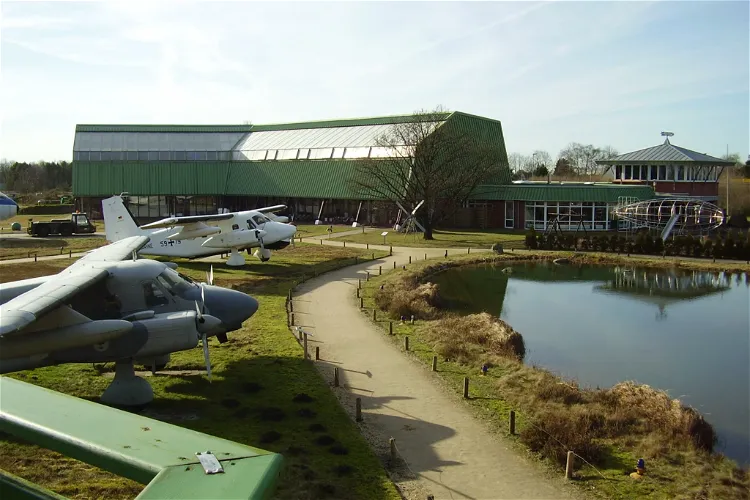
Aeronauticum
Wurster NordseeküsteThe Aeronauticum is the official German maritime aircraft museum, situated in the town of Nordholz, which is in close proximity to Cuxhaven, Lower Saxony. This location makes it easily accessible for tourists visiting the region. The museum offers a unique insight into the history of German maritime aviation, making it an interesting destination for history and aviation enthusiasts.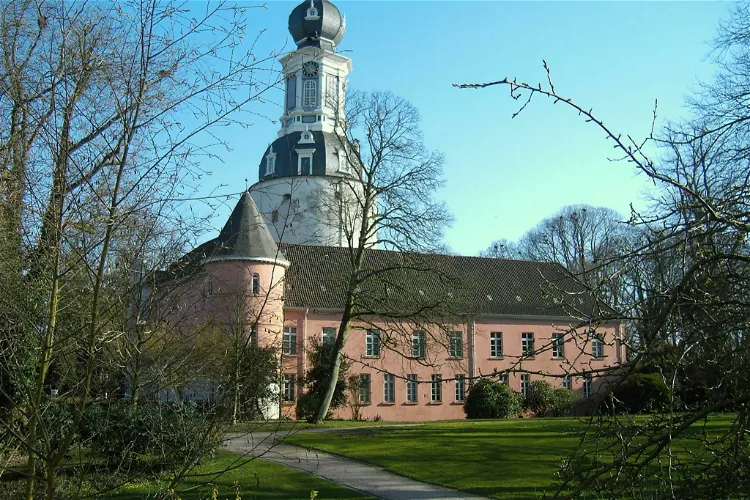
Schlossmuseum Jever
JeverThe Schlossmuseum Jever, situated in the town of Jever, is a cultural and historical museum that provides insights into the history of Jever Castle. It also houses collections that shed light on the cultural and regional history of Jeverland. This museum is a great place for tourists who are interested in learning about the rich history and culture of this region.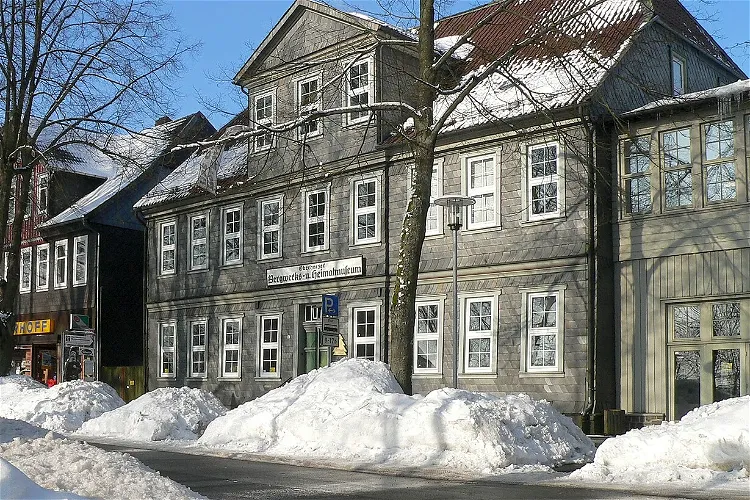
Upper Harz Mining Museum
Clausthal-ZellerfeldThe Upper Harz Mining Museum, located in Clausthal-Zellerfeld in the Harz mountains of central Germany, is a museum dedicated to technological and cultural history. It provides a comprehensive insight into the history and presentation of mining in the Upper Harz region up to the 19th century.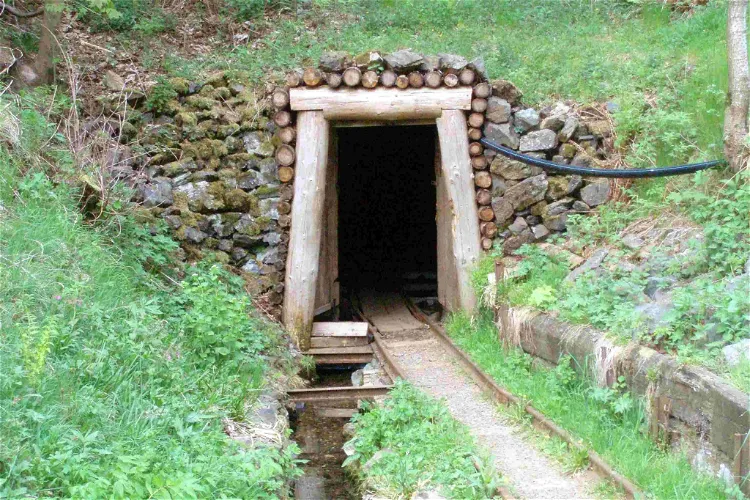
Roter Bär Pit
BraunlageThe Roter Bär Pit, located in Sankt Andreasberg in the Upper Harz, is a historical iron ore mine that was in operation from around 1800 to the 1860s. Today, it is managed as a visitor mine by the Sankt Andreasberg Association for History and Antiquities, and is known as the Lehrbergwerk Grube Roter Bär. Visitors can explore the mine and learn about its history and the mining processes that took place there.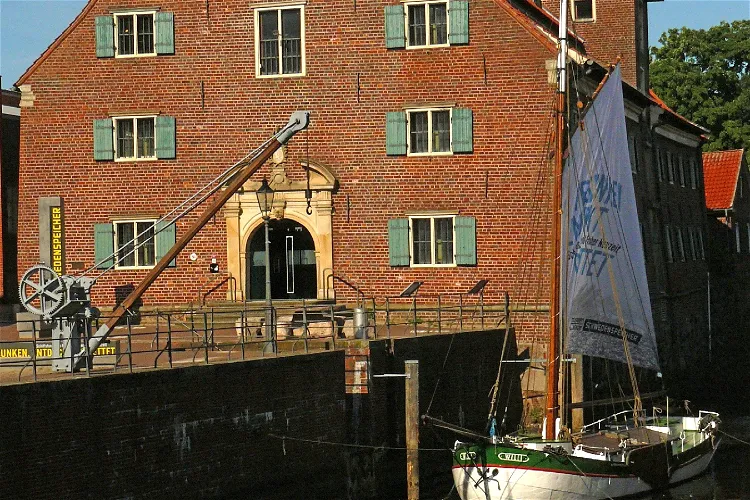
Schwedenspeicher
StadeThe Schwedenspeicher Museum, which was renamed Museum Schwedenspeicher in 2011, has been a regional museum in the Hanseatic city of Stade in Lower Saxony since 1977. The museum is housed in a baroque brick building from the second half of the 17th century, which was built during the city's 67-year affiliation with Sweden. The museum's content focuses on the archaeology and history of the Elbe-Weser region in general and the city of Stade in particular.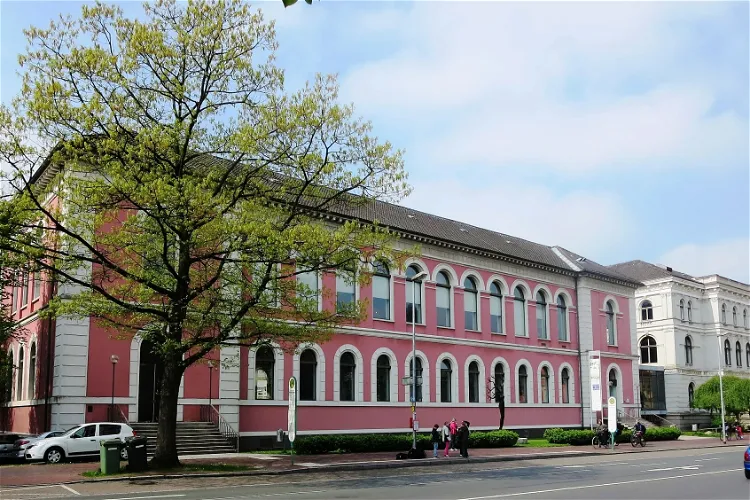
State Museum for Nature and Man
OldenburgThe State Museum for Nature and Man in Oldenburg is a regionally significant collection museum. It houses departments of Archaeology, Natural History, and Ethnology, offering a diverse range of exhibits for visitors to explore. The museum's interdisciplinary permanent exhibition covers the themes of Moor, Geest, and Coast & Marsh, providing a comprehensive insight into the natural and cultural history of the region.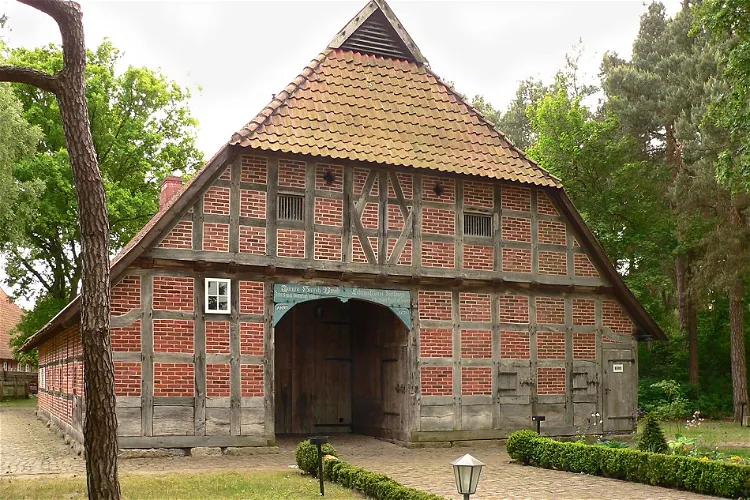
Winsen Museum Farm
Winsen (Aller)The Winsen Museum Farm, located in Winsen (Aller) in the north German state of Lower Saxony, is an open-air museum that was established in 1982. It offers a unique opportunity to explore the history and culture of the region, with a variety of buildings and exhibits that reflect the area's rural past.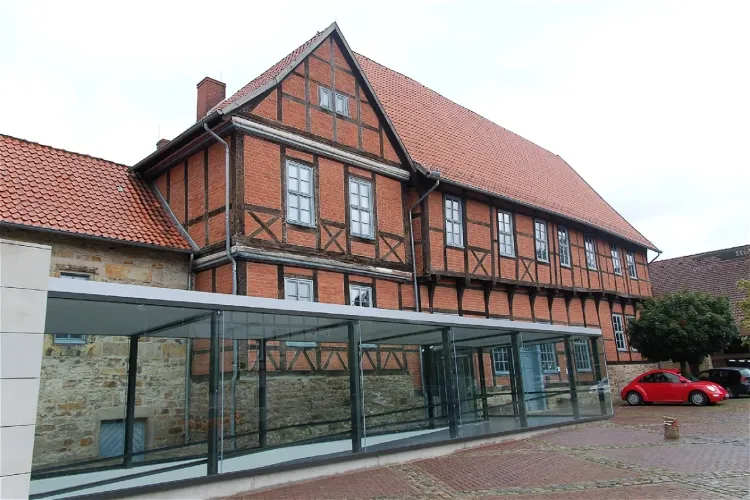
Hubschraubermuseum Bückeburg
BückeburgThe Hubschraubermuseum Bückeburg is conveniently located in the city center of Bückeburg at Sablé-Platz. This central location makes it easily accessible for tourists visiting the city. The museum is dedicated to the history and technology of helicopters, making it a unique destination for aviation enthusiasts.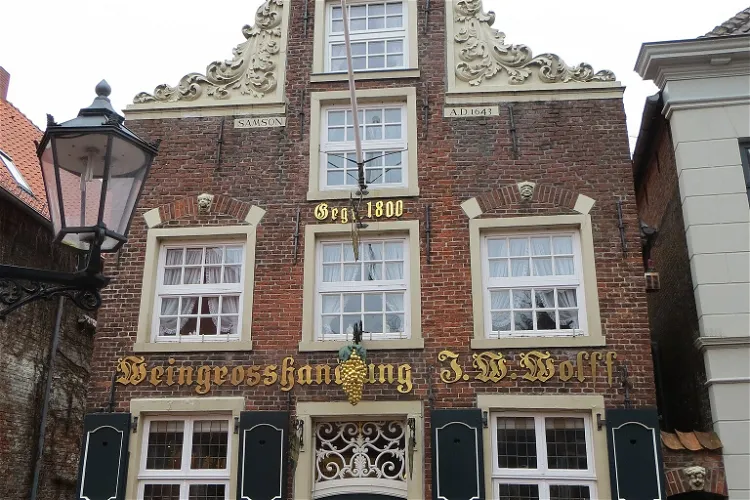
Haus Samson
Landkreis LeerHaus Samson is a monument-protected building located in the East Frisian city of Leer, Lower Saxony. The building's facade, which was added in 1643, is a significant feature of the structure. However, the core of the building dates back to 1570, making it a site of historical interest.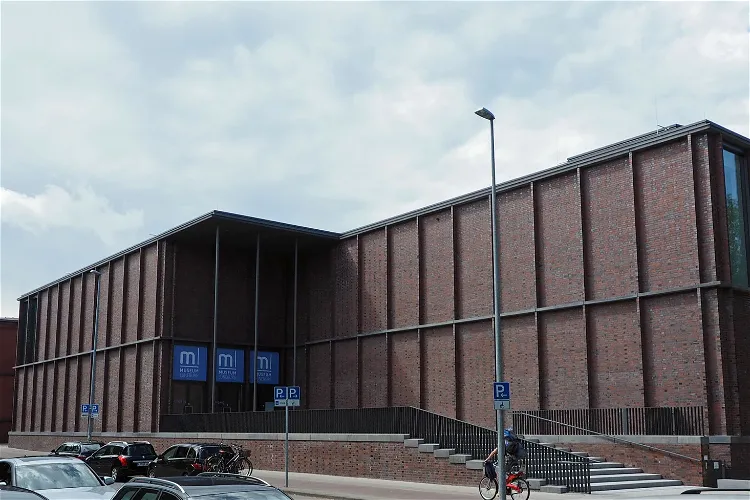
Museum Lüneburg
LüneburgMuseum Lüneburg is dedicated to the exploration of the cultural landscape of the Lower Saxon Hanseatic city of Lüneburg and its surroundings. It provides a comprehensive insight into the region's history, culture, and natural environment, making it a valuable destination for those interested in understanding the area's past and present.- 61
Heimathausanlage Plönjeshausen
Bremervörde 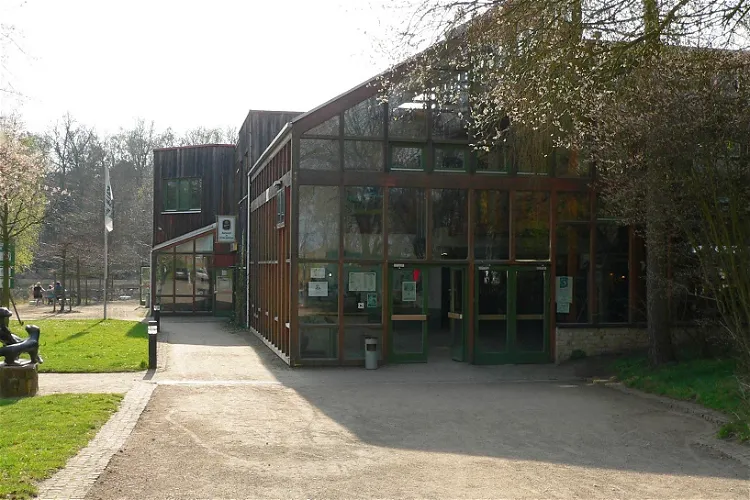
Hankensbüttel Otter Centre
HankensbüttelThe Hankensbüttel Otter Centre is a nature experience centre located in Hankensbüttel, in the German district of Gifhorn. The centre is spread over 6 hectares (15 acres) of open land by a lake known as the Isenhagener See. This provides a spacious and natural environment for the otters and other species housed at the centre.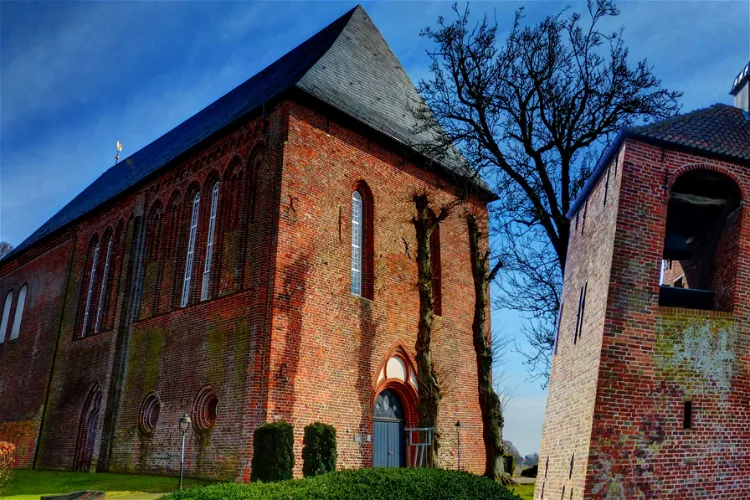
Konzentrationslager Engerhafe
Engerhafe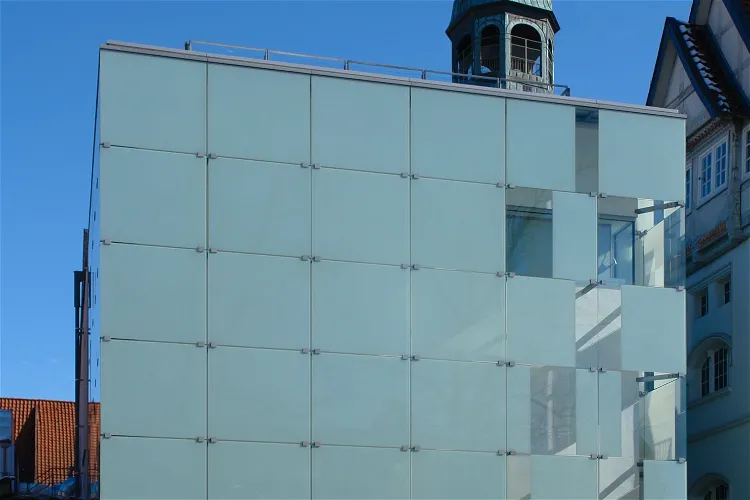
Kunstmuseum Celle
CelleThe Kunstmuseum Celle, also known as the Robert Simon Collection, is an art museum located in Celle, Germany. It is a significant cultural institution in the region, housing a vast collection of artworks from the 20th century to the present. The museum's collection focuses on the 1960s and includes paintings, graphics, sculptures, light and object art from the Robert Simon Collection.- 65
Findorff-Haus Iselersheim
Bremervörde 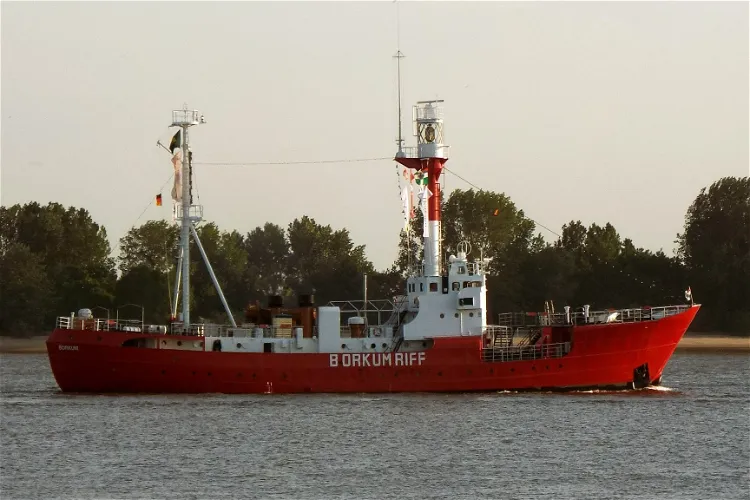
Förderverein Feuerschiff Borkumriff
BorkumThe Borkumriff was a fire ship position from 1875 to 1988. It was originally located at 53° 51′ 0″ N, 6° 26′ 0″ O, but was later moved to position 53° 43′ 0″ N, 6° 23′ 0″ O due to changes in shipping routes. From 1970, it was located at 53° 48′ 0″ N, 6° 22′ 0″ O. The position was about 30 kilometers northwest of the island of Borkum, in one of the main shipping routes of the German Bight.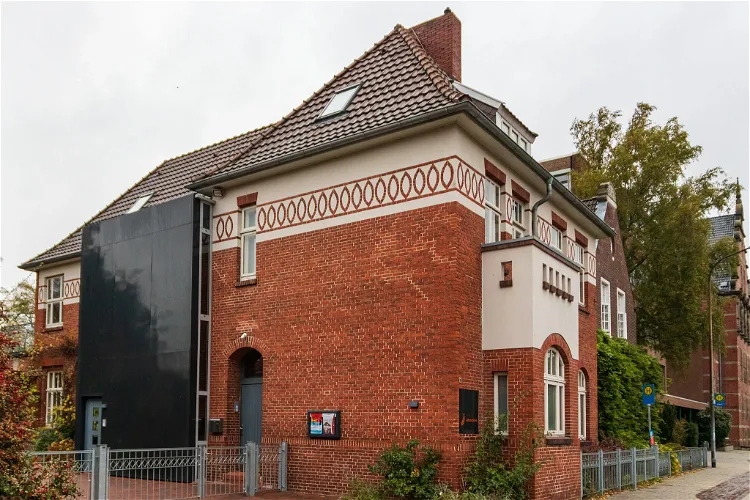
Ehemalige Jüdische Schule Leer
Landkreis LeerThe Former Jewish School in Leer, East Frisia, serves as a cultural and memorial site. The institution, run by the district, positions itself as a place of remembrance and commemoration. It hosts exhibitions and cultural events that focus on Jewish life, both in the past and present.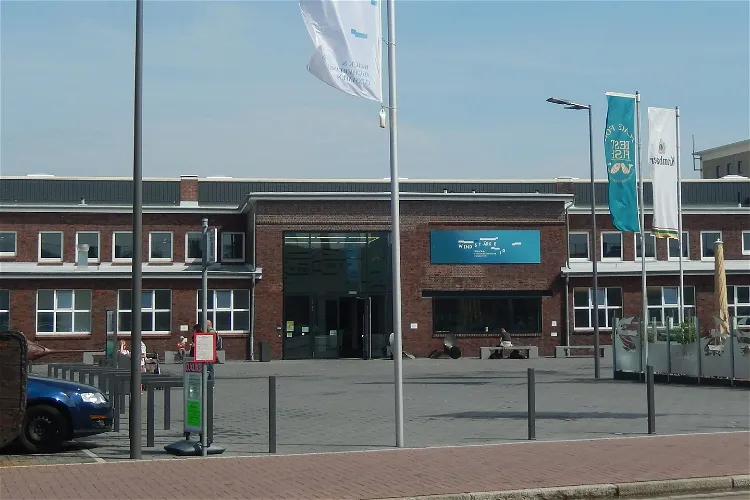
Windstärke 10
CuxhavenThe Windstärke 10 – Wrack- und Fischereimuseum Cuxhaven is a museum located in Cuxhaven. It is housed in two former fish processing halls and a new building connecting these two halls, covering a total area of approximately 4000 m². The museum showcases the challenges and dangers of seafaring, particularly a part of the collections of the former Wrackmuseum and an overview of 100 years of fishing history.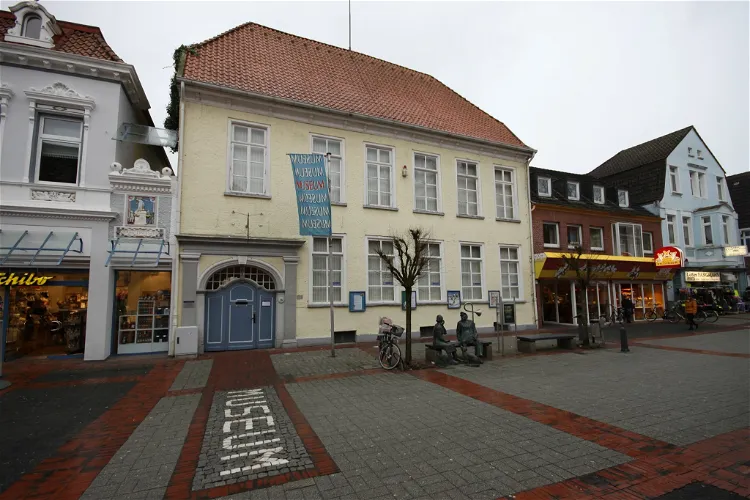
Aurich History Museum
Landkreis AurichThe Historical Museum of Aurich is situated in the East Frisian county town of Aurich. It is housed in a historical building known as the Old Chancellery. The museum is a part of the Ostfriesland Museum Association, a network of museums in the region that work together to promote and preserve the history and culture of East Frisia.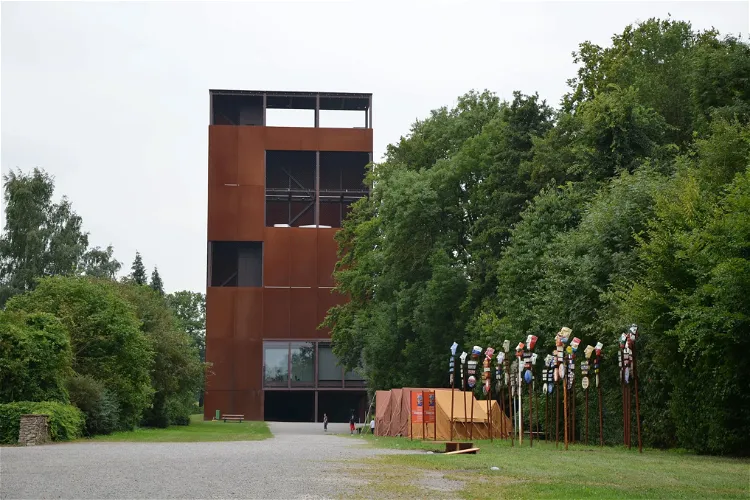
Varusschlacht im Osnabrücker Land - Museum und Park Kalkriese
BramscheMuseum und Park Kalkriese is an archaeological museum located in the Bramsche district of Kalkriese in the Osnabrück region. It features an attached open-air museum, providing visitors with a unique opportunity to explore the history and archaeology of the area.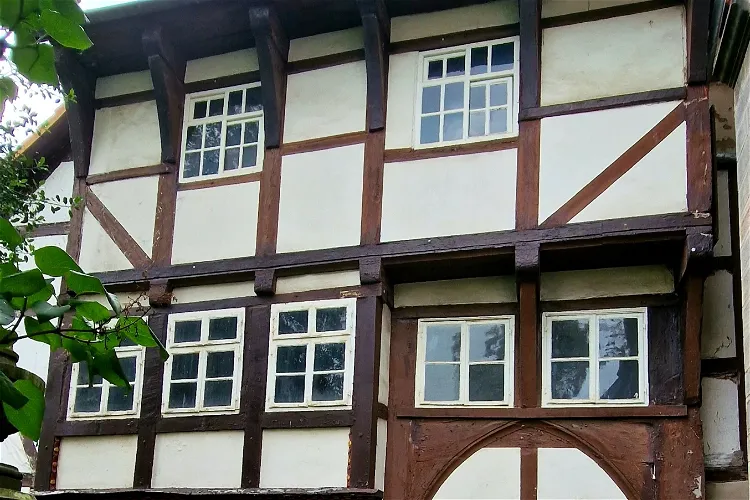
Städtisches Museum
GöttingenThe Städtische Museum Göttingen is a significant repository of the city's history and cultural heritage. It houses around 150,000 objects that trace the cultural evolution of Göttingen and its surroundings from the earliest settlements to the present day. This extensive collection provides a comprehensive insight into the city's past, making it a valuable resource for anyone interested in understanding the historical and cultural context of Göttingen.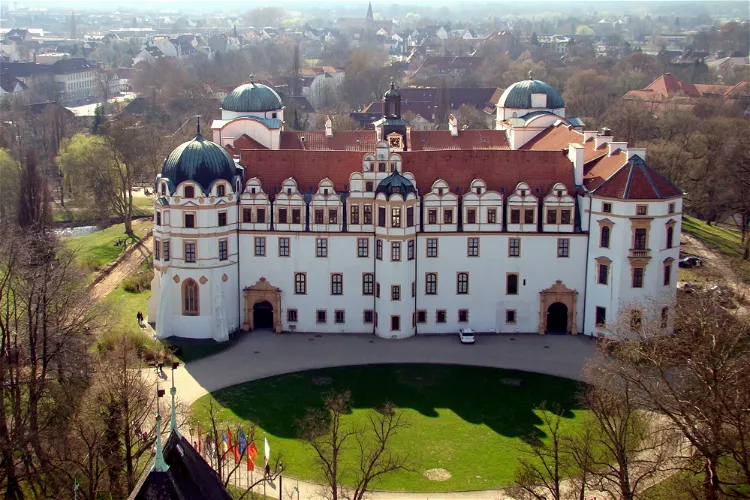
Residence Museum in Celle Castle
CelleThe Residenzmuseum is located within the historical rooms of Celle Castle, which have been transformed into a museum. This offers visitors a unique opportunity to explore the castle's rich history and architectural beauty.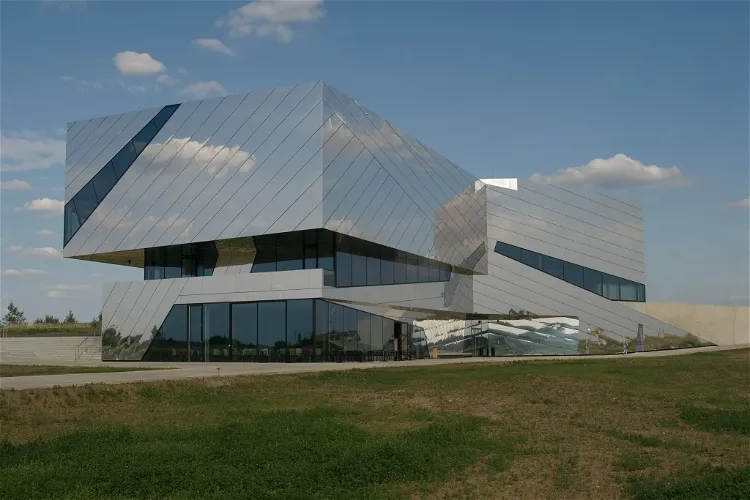
Paläon Research and Experience Center
SchöningenThe Schöningen Research Museum, located in the Helmstedt district, is a visitor center and museum that primarily focuses on the exhibition of the Schöningen Spears. These spears are significant as they provide a glimpse into life and environmental conditions around 300,000 years ago. The museum is situated near the discovery site of the spears in the former Schöningen brown coal open-cast mine, adding to the authenticity of the experience.
Nordwolle Museum
DelmenhorstThe Nordwolle museum, officially known as the Nordwestdeutsche Museum für IndustrieKultur, is a significant historical site located in Delmenhorst. The museum is housed in the engine house of the former Norddeutsche Wollkämmerei & Kammgarnspinnerei, a once dominant company that processed wool and worsted. The building and the factory housing are listed as a Denkmalschutz, a protected monument in Germany, adding to the historical significance of the site.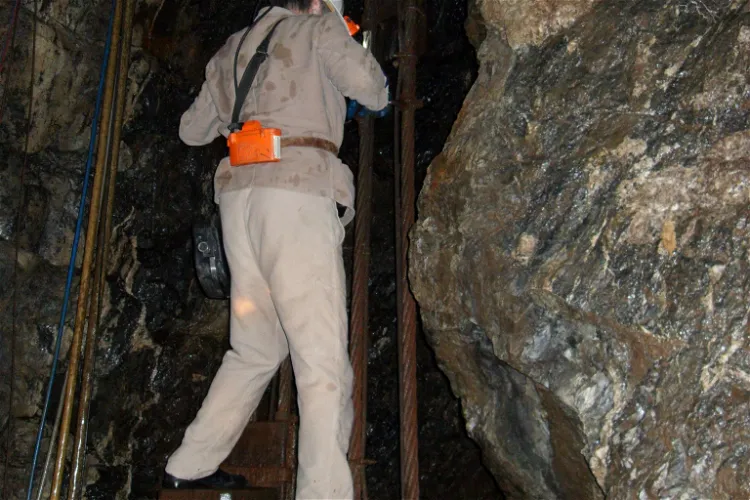
Samson Pit
BraunlageThe Samson Pit, located in Sankt Andreasberg in the Upper Harz region of central Germany, is an historic silver mine. This site offers a unique glimpse into the history of mining in the region, with its rich silver deposits and long-standing mining operations.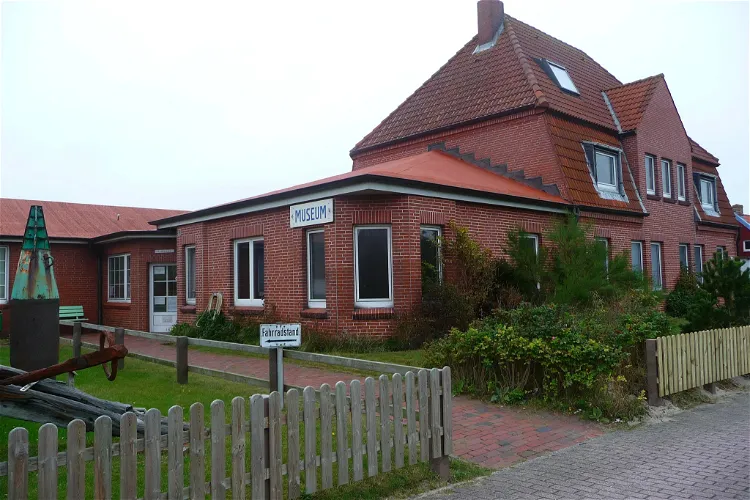
Küstenmuseum Juist
JuistThe Küstenmuseum Juist is a museum located on the East Frisian island of Juist, specifically in the western district of Loog. It is a popular destination, attracting approximately 20,000 visitors each year. The museum is well-equipped to accommodate both individual visitors and larger groups.
Altes Zollhaus
HitzackerThe Alte Zollhaus Hitzacker, built in 1589, is a former customs house that has been transformed into a museum. This historical building is one of the oldest in Hitzacker and stands at the location where the Elbe toll was collected since 1248. The museum offers a glimpse into the past, showcasing the history of the city surrounded by water and often threatened by the Elbe river.
Till Eulenspiegel Museum
SchöppenstedtThe Till-Eulenspiegel-Museum Schöppenstedt is a regional museum located in Lower Saxony, Germany. It pays homage to the medieval jester Till Eulenspiegel, who is believed to have been born in Kneitlingen am Elm around 1300. The museum provides a deep dive into the life and times of this historical figure, making it a fascinating destination for those interested in history and folklore.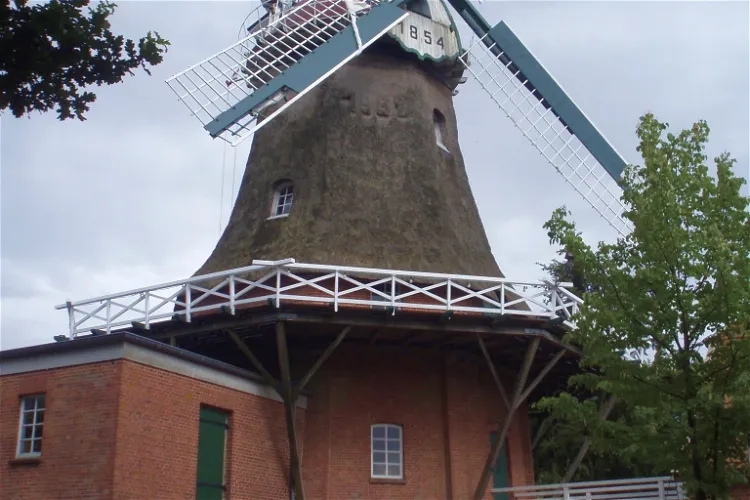
Dörp-Museum Münkeboe
Münkeboe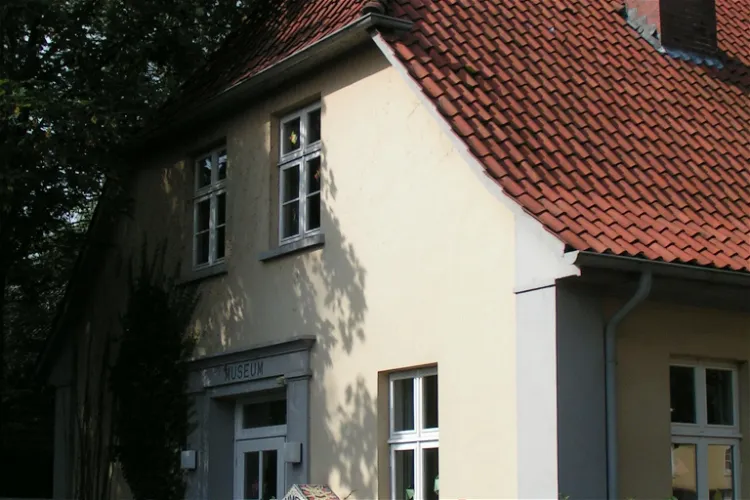
Industriemuseum Lohne
LohneThe Industriemuseum Lohne, established in 1987, is dedicated to the history of the industrialization of the city of Lohne, located in the Lower Saxony district of Vechta. This museum provides a deep dive into the industrial past of the city, offering a unique perspective on its development and growth.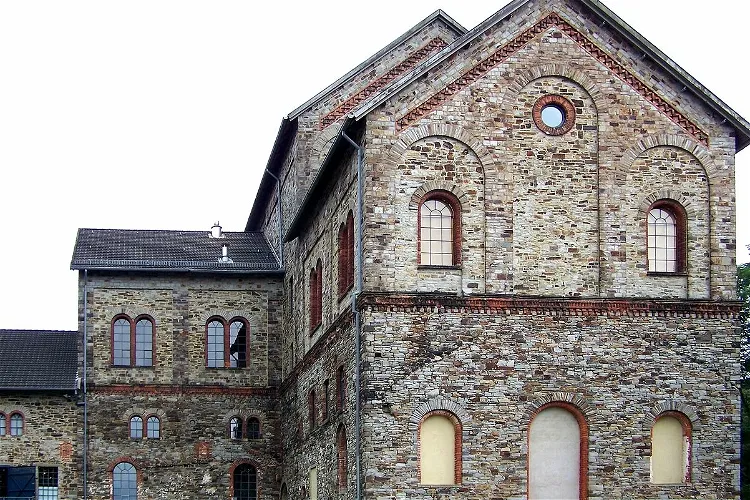
Museum Industriekultur Osnabrück
OsnabrückThe Museum Industriekultur (MIK) is a museum situated in the city of Osnabrück in Lower Saxony. It offers an overview of the coal mining that took place at Piesberg. The museum is located at Piesberg, where coal was mined until 1898 and again to a lesser extent after the Second World War. The Piesberg was one of the largest sandstone quarries in Europe; sandstone is still being mined on its flanks today.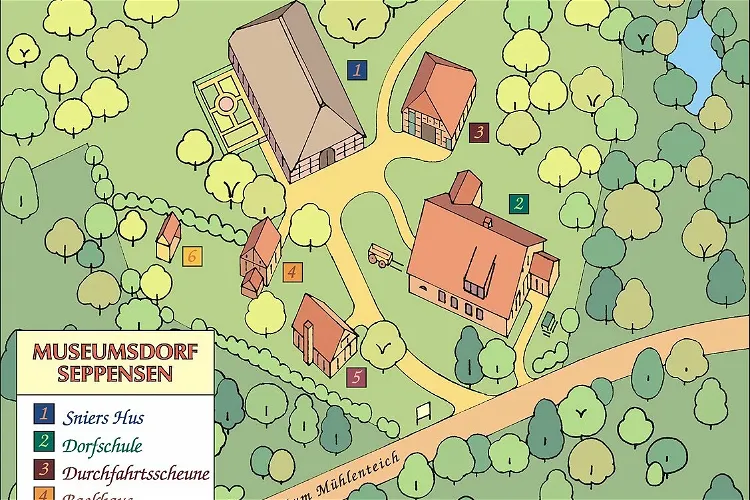
Museumsdorf Seppensen
Buchholz in der NordheideThe Museumsdorf Seppensen is an open-air museum located in Buchholz - Seppensen. The museum features a central village square surrounded by four half-timbered houses, a brick house, and a bee stand. This setup provides a unique insight into the historical architecture and lifestyle of the region.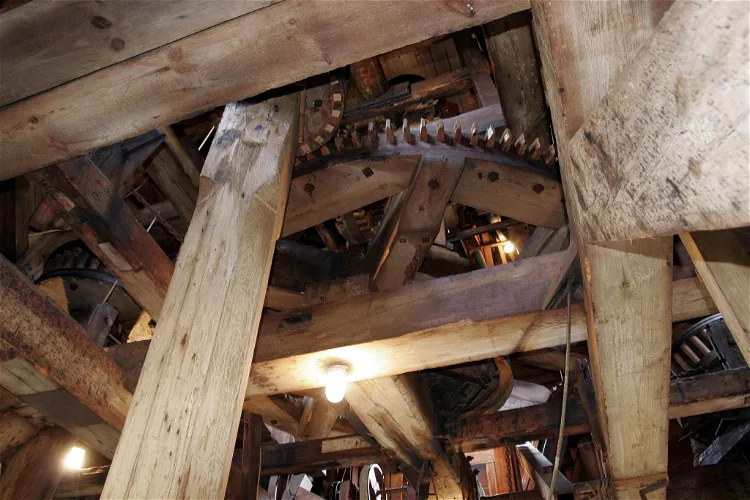
Vareler Windmühle
VarelThe Vareler Windmühle, colloquially known as the "Grode Möhl", is a gallery Dutch windmill situated in the city of Varel, in the Friesland district of Lower Saxony. It holds the distinction of being the second largest preserved windmill in Germany, making it a significant landmark in the region.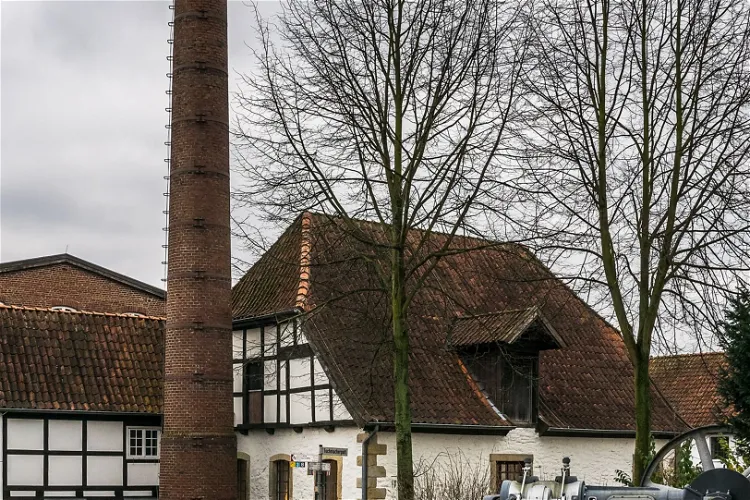
Tuchmacher Museum Bramsche
BramscheThe Tuchmacher Museum Bramsche, opened in 1997, is housed in the buildings of the Bramscher Tuchmacher Guild. This guild, which was dedicated to the production of woolen cloths, ceased its operations in 1972. The museum's location adds a historical touch to the visitor's experience, as it is situated in the very place where the guild used to operate.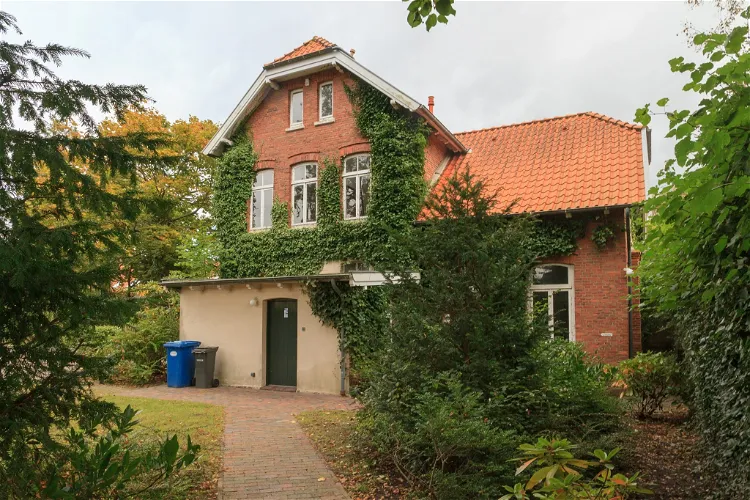
August-Gottschalk-Haus
EsensThe August-Gottschalk-Haus serves as a museum and memorial dedicated to the recent history of the East Frisian Jews in Esens. It provides a deep insight into the Jewish community's history and their experiences, making it a significant place for those interested in history and culture.
AutoMuseum Volkswagen
WolfsburgThe AutoMuseum Volkswagen is an independent museum located in Wolfsburg, Lower Saxony. It is supported by Volkswagen AG, one of the world's leading automobile manufacturers. The museum is dedicated to showcasing the history and evolution of Volkswagen vehicles, making it a fascinating destination for car enthusiasts and history buffs alike.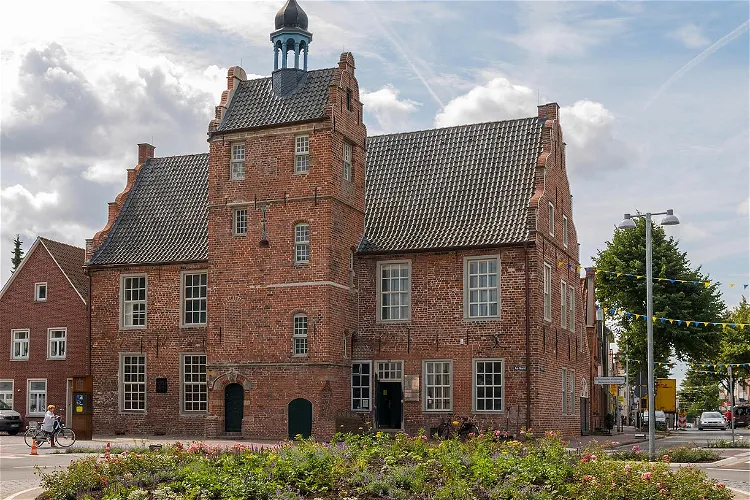
Ostfriesisches Teemuseum
NordenThe Ostfriesisches Teemuseum Norden is a museum situated in the East Frisian city of Norden. It is housed in the city's Old Town Hall, a historic building that adds to the charm of the museum. The location of the museum in the heart of the city makes it easily accessible for tourists.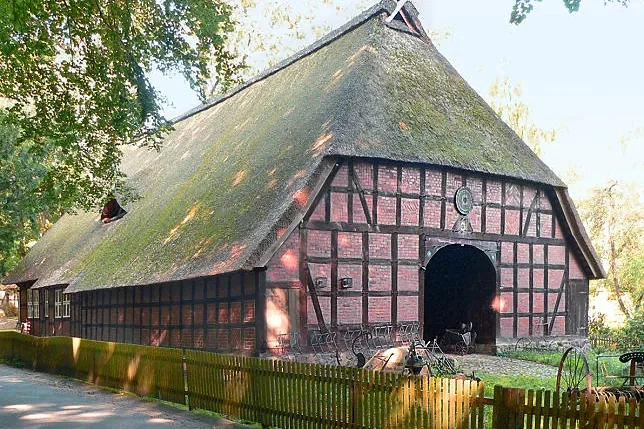
Rischmannshof Heath Museum
WalsrodeThe Rischmannshof Heath Museum, located in Walsrode, Germany, is an open-air museum that was inaugurated in 1912. It is one of the first open-air museums in the country, offering a unique insight into the rural life and history of the region.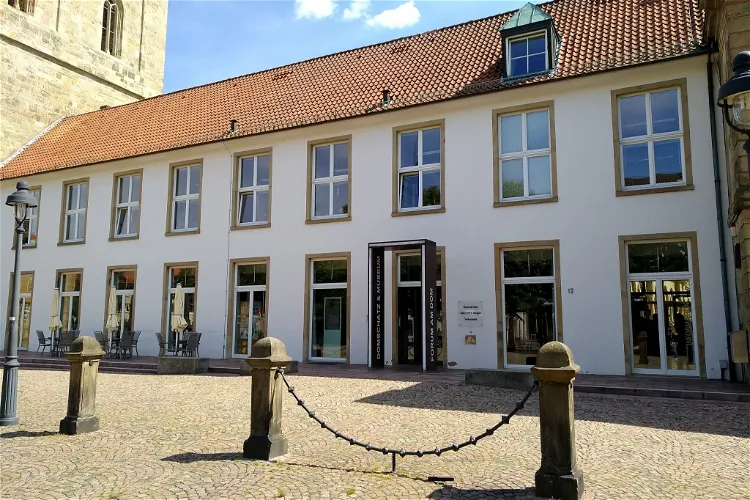
Cathedral Treasury and Diocesan Museum
OsnabrückThe Cathedral Treasury and Diocesan Museum is an integral part of the Diocese of Osnabrück. Its location, right next to the St. Peter's Cathedral, makes it easily accessible for visitors. The museum offers a unique opportunity to delve into the rich history and culture of the diocese.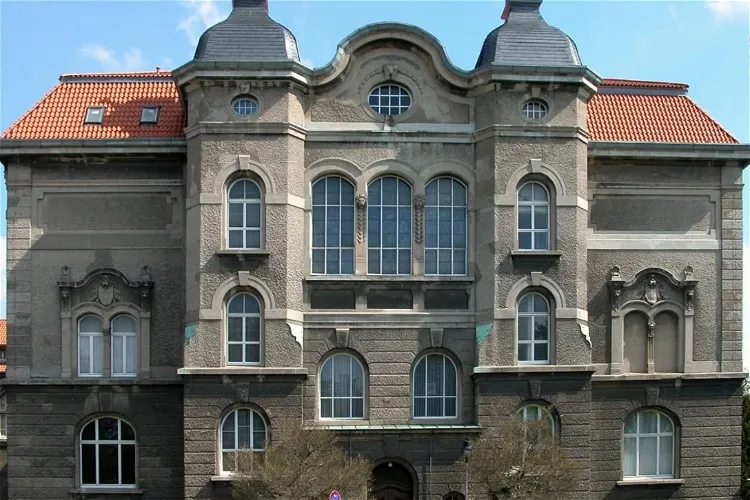
Städtisches Museum Braunschweig
BrunswickThe Städtisches Museum Braunschweig, established in 1861, is one of the largest art and cultural history museums in Germany. It boasts a collection of over 270,000 objects that shed light on the history of Brunswick. This extensive collection provides a comprehensive insight into the city's past, making it a significant destination for those interested in exploring the rich cultural and historical heritage of Brunswick.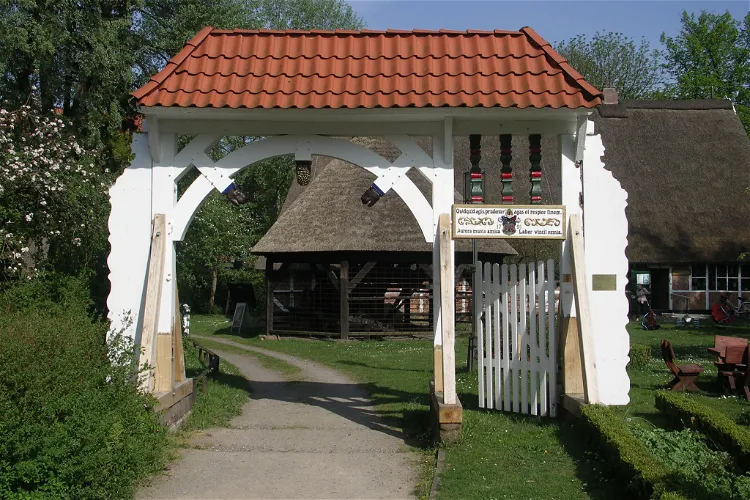
Freilichtmuseum
StadeThe Freilichtmuseum in Stade is a significant historical site, being one of the oldest open-air museums in Germany. It is located on an island on the Bleicher-Ravelin, a structure that was built in 1692. This unique location adds to the charm and historical significance of the museum, making it a fascinating destination for tourists interested in history and culture.
Münchhausen Museum
BodenwerderVisit the house of Münchhausen, a well-known German collector of tall tales. After he retired, he lived here until his death.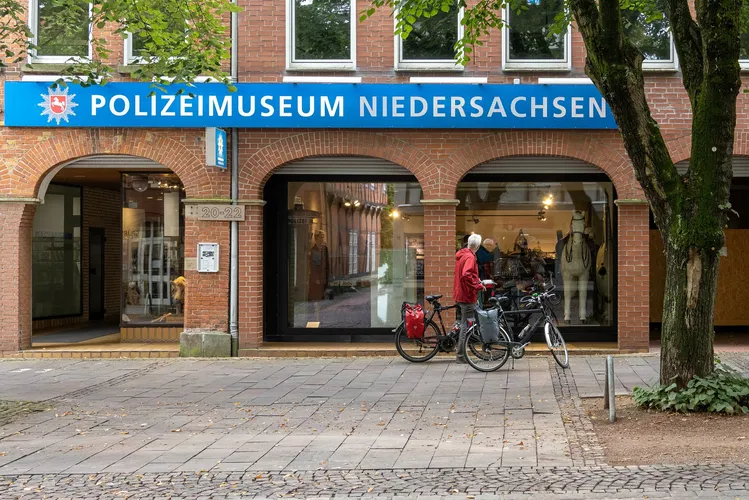
Nienburg, Lower Saxony
Nienburg/WeserNienburg/Weser is a city in Lower Saxony, Germany, with a population of 31,570. It is located on the Weser river, in the heart of Lower Saxony, between Hannover and Bremen. The city is the largest in the Mittelweser region, making it a significant location in the area.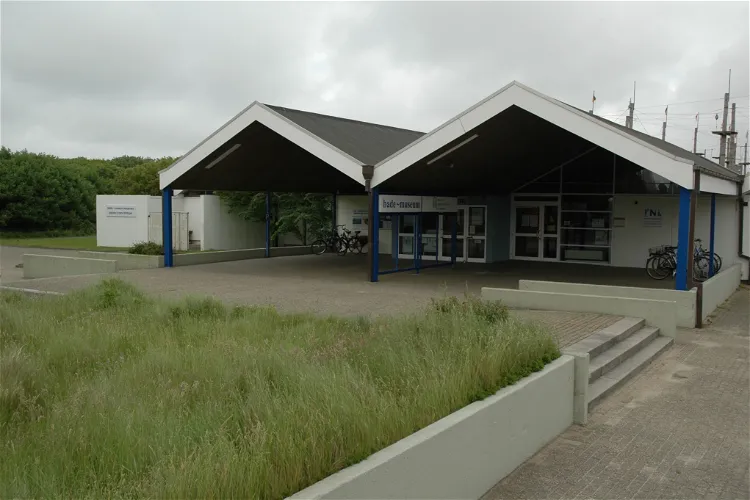
Museum Nordseeheilbad Norderney
NorderneyThe bade~museum norderney/Galerie Hans Trimborn is situated in the building of the former seawater swimming pool, close to the West Beach of the East Frisian island Norderney. This location offers visitors a unique setting to explore the museum's collections and exhibitions, while also enjoying the beautiful surroundings of the island.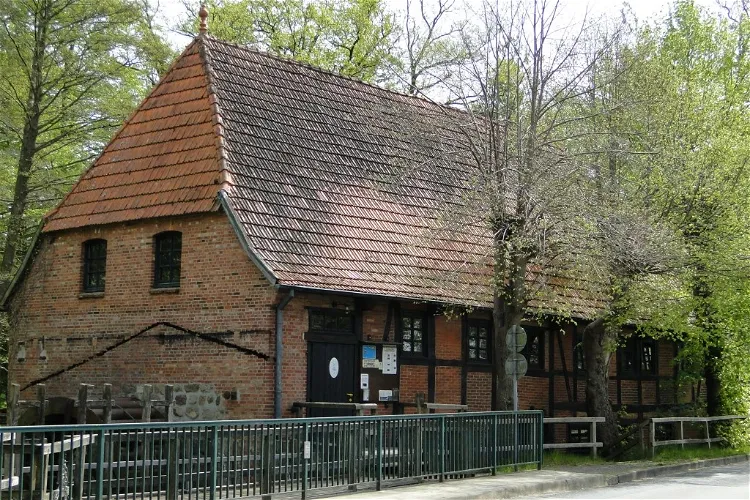
Holmer Mühle
Buchholz in der NordheideThe Holmer Mühle is a protected watermill situated on the Lower Saxony Mill Road (No. 111). This historic mill is a part of the Holm estate, which is privately owned. The mill's location, directly on the Seeve river, adds to its charm and historical significance.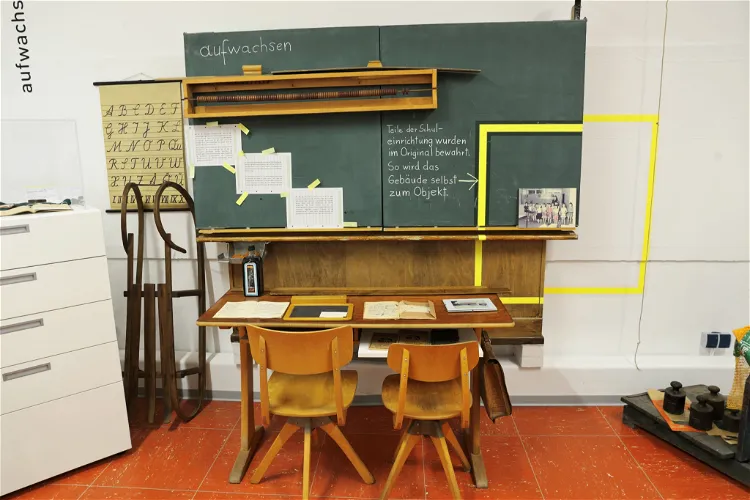
Heimatstube Exten
RintelnThe Heimatstube Exten – Museum for Village Culture is a local museum located in the district of Exten, within the city of Rinteln. The museum is dedicated to preserving and showcasing the history, tradition, and culture of the local community. It provides a unique insight into the local way of life and the traditions that have shaped the community over the years.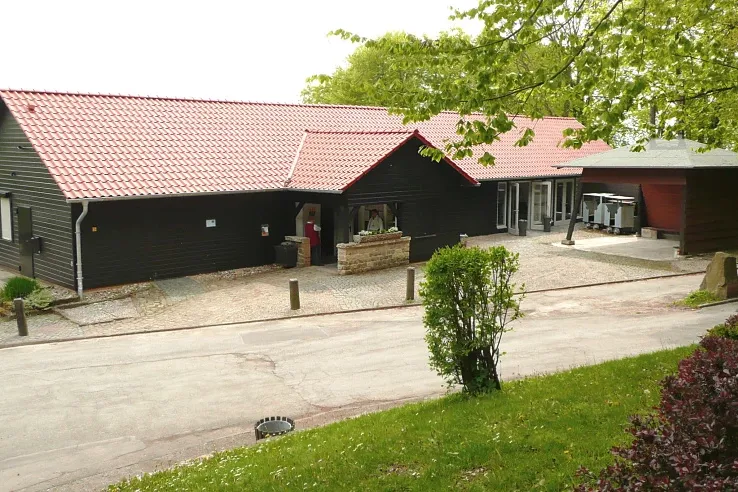
Der Hüttenstollen Besucherbergwerk und Museum Osterwald
SalzhemmendorfThe Hüttenstollen Osterwald, located in Osterwald, was a mine in the eastern Osterwald coal district. It was opened in 1842 and has a rich history of coal mining. Today, it serves as a visitor mine and is a protected cultural monument.
Juleum
HelmstedtThe Juleum, also known as Juleum Novum, is a multi-storey lecture and library building located in the Lower Saxon county town of Helmstedt in Germany. This historic building was part of the former university and is a significant landmark in the region. It offers a glimpse into the architectural style of the Weser Renaissance and the educational history of the area.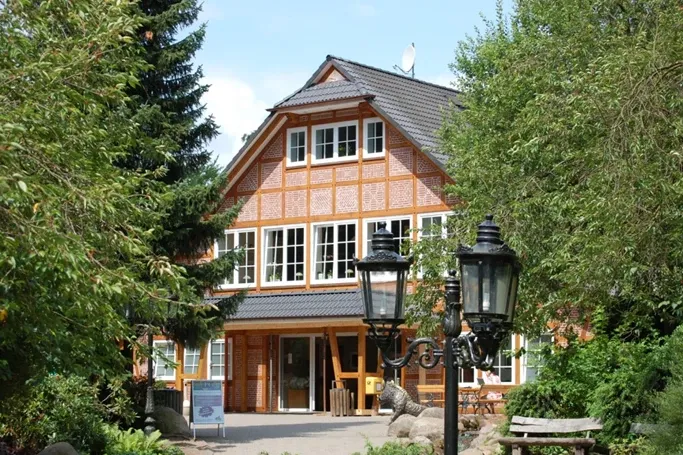
Wildpark Schwarze Berge
AlvesenWildpark Schwarze Berge is a wildlife park situated in the municipality of Rosengarten, in the northern part of Lower Saxony. This location offers a unique opportunity for visitors to experience wildlife in a natural and expansive setting. The park is easily accessible and provides a great day out for families, nature enthusiasts, and wildlife photographers.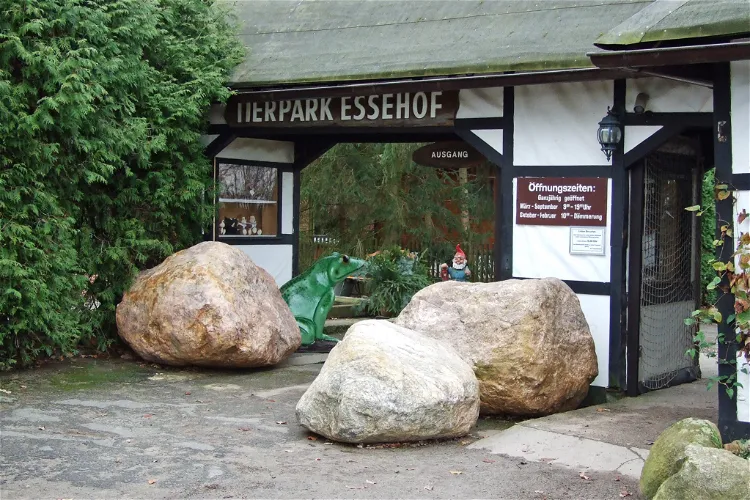
Essehof Zoo
EssehofEssehof Zoo, located in the town of Essehof within the municipality of Lehre in Lower Saxony, Germany, is a privately owned establishment that opened its doors in 1968. The zoo spans an area of 10 hectares, or 25 acres, providing ample space for its diverse range of animals and exhibits.